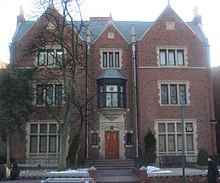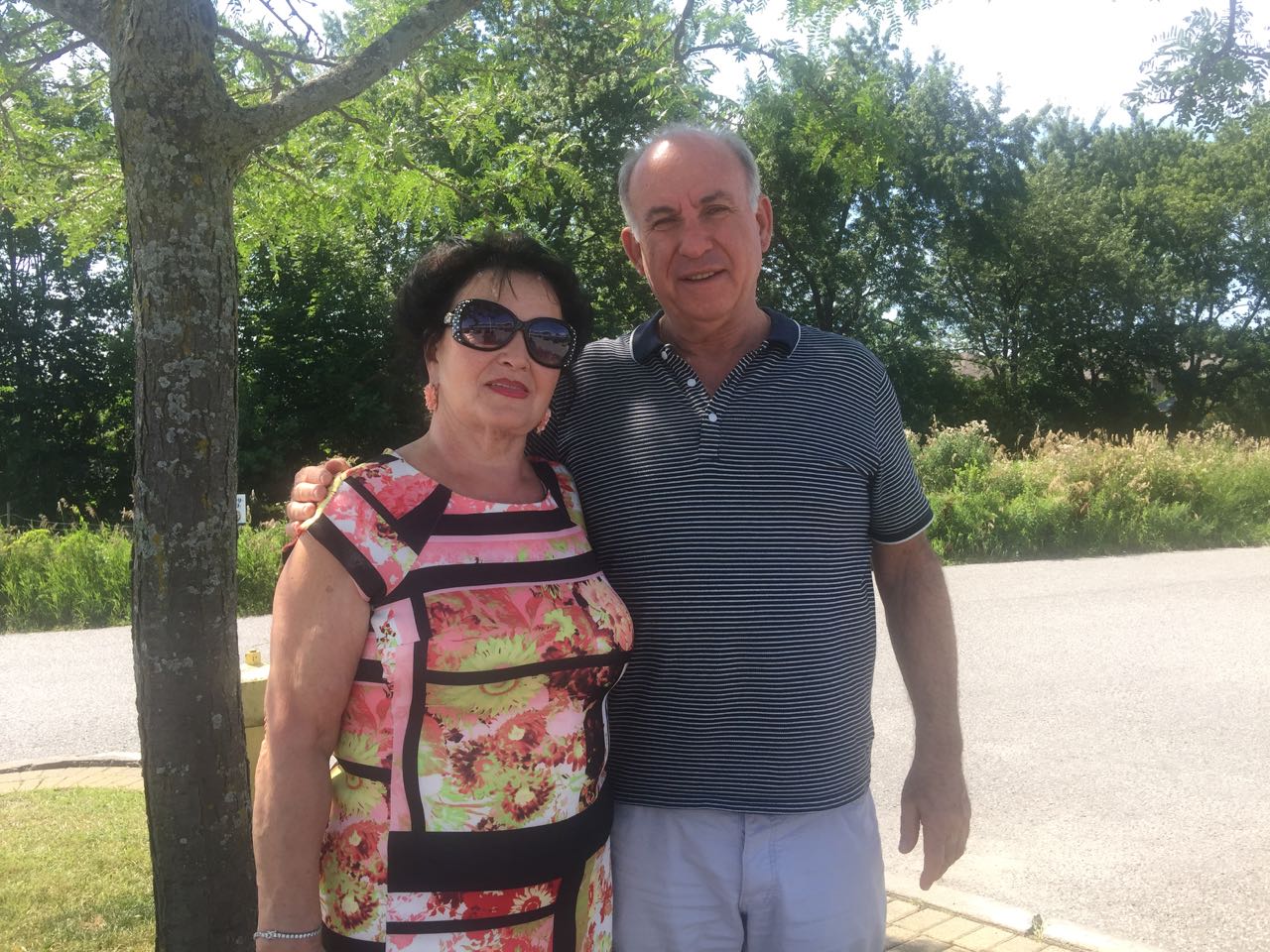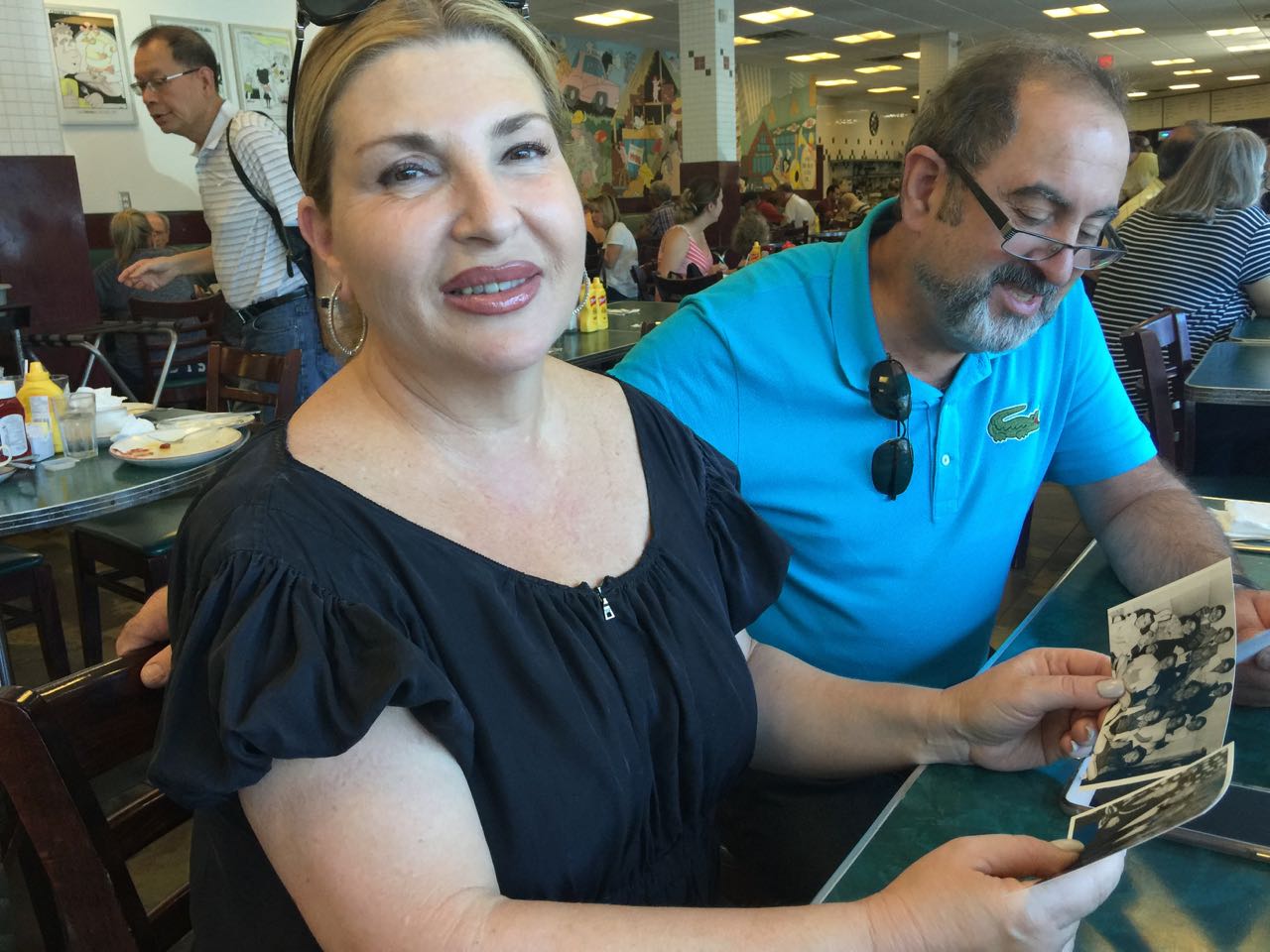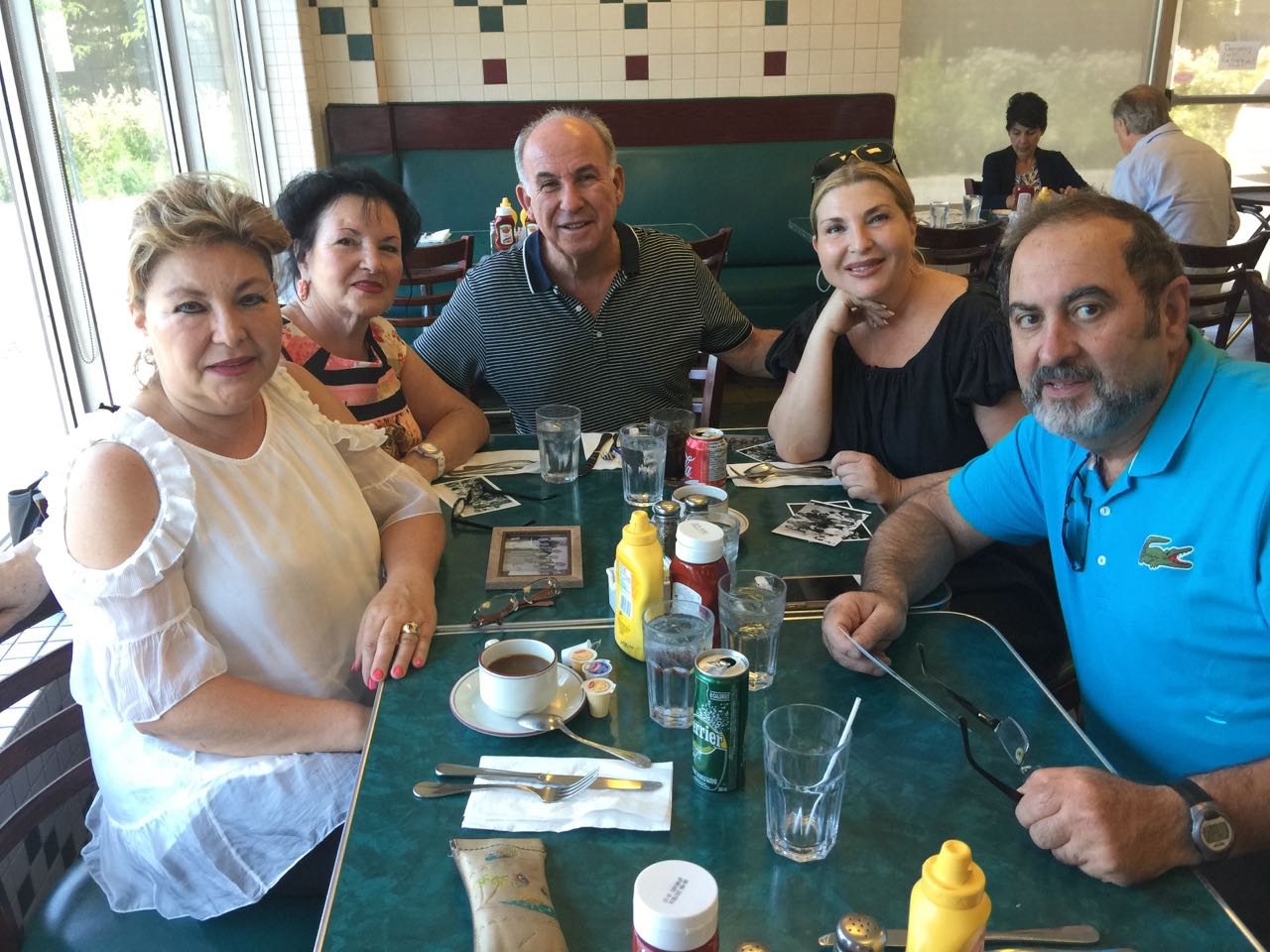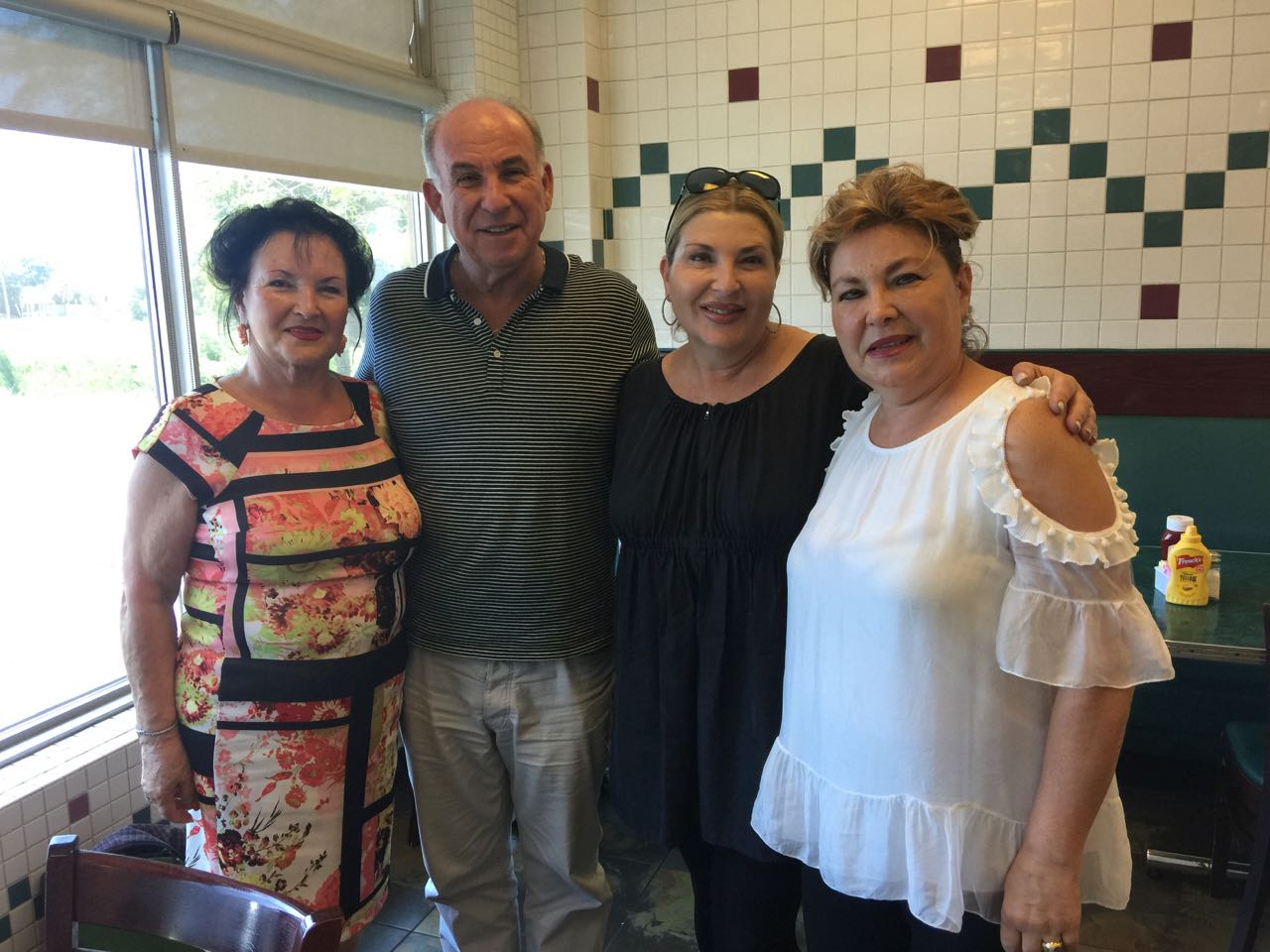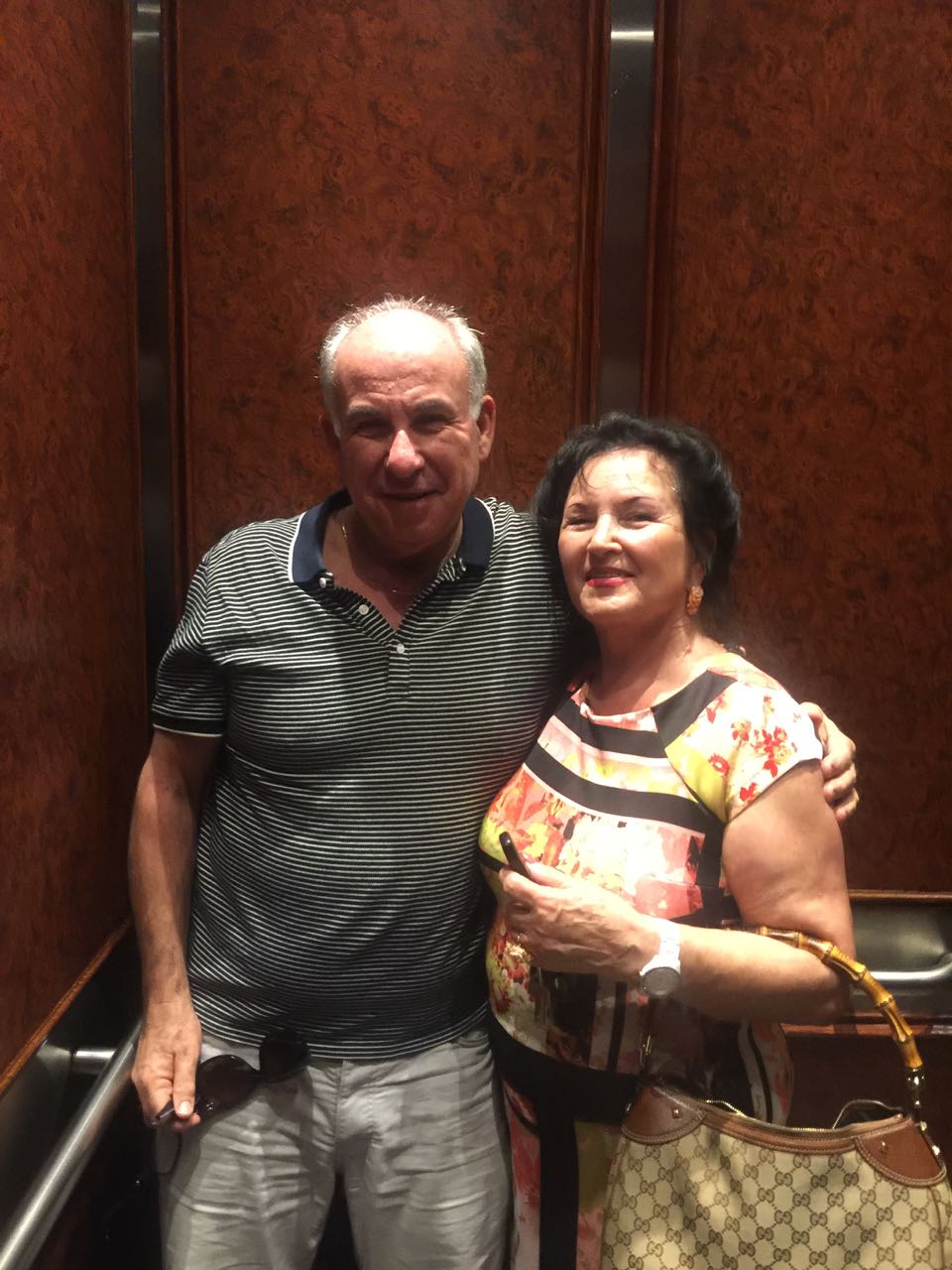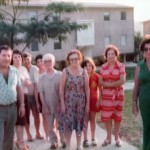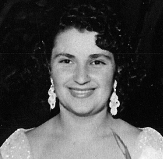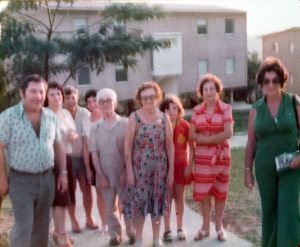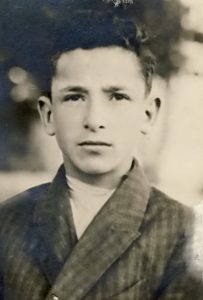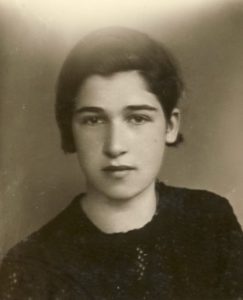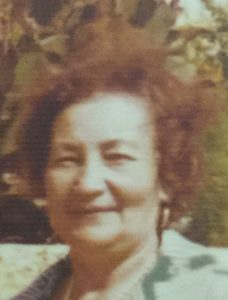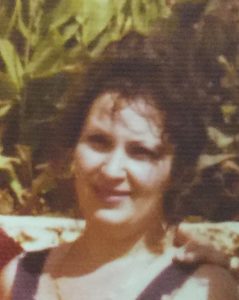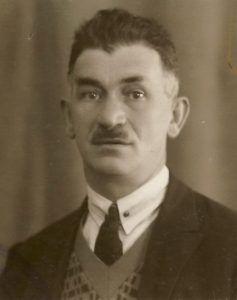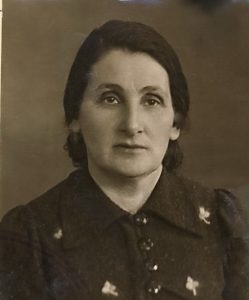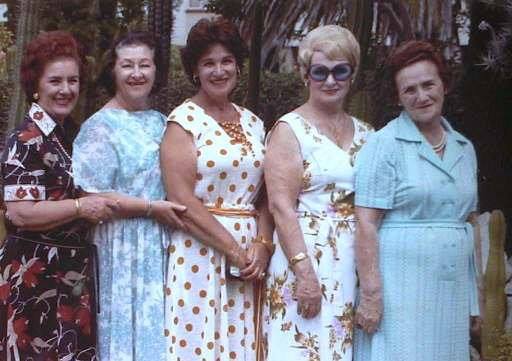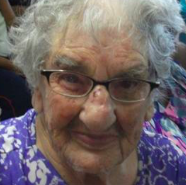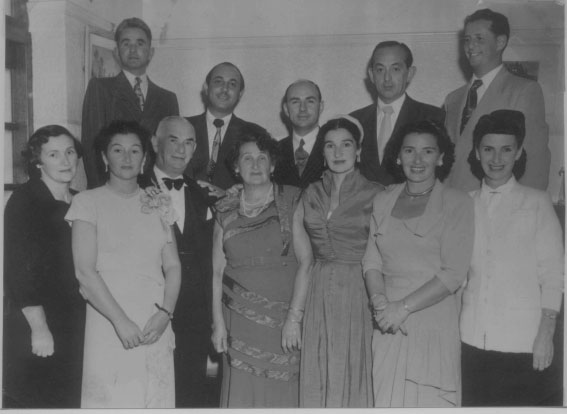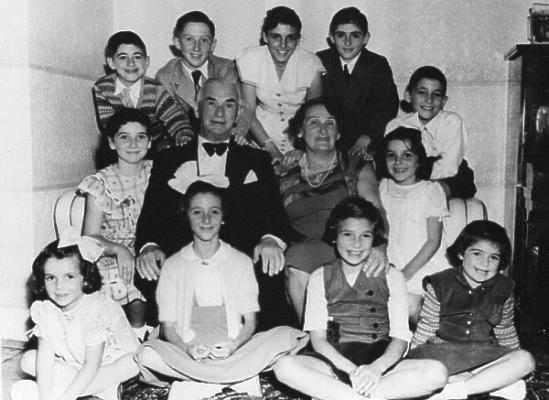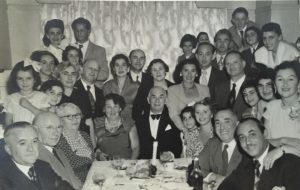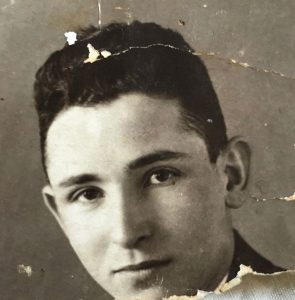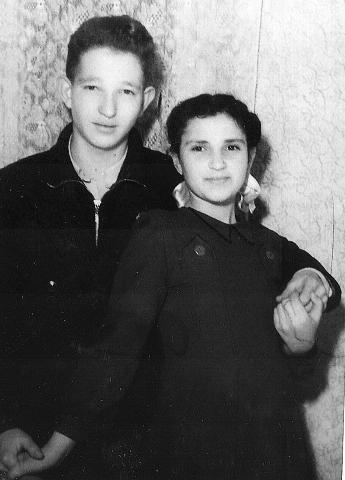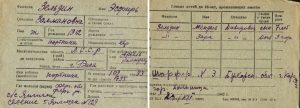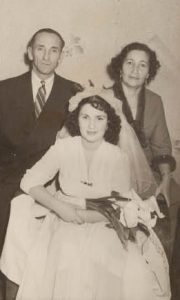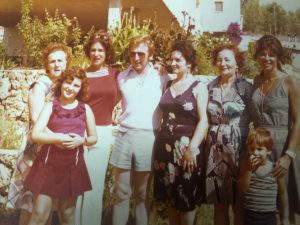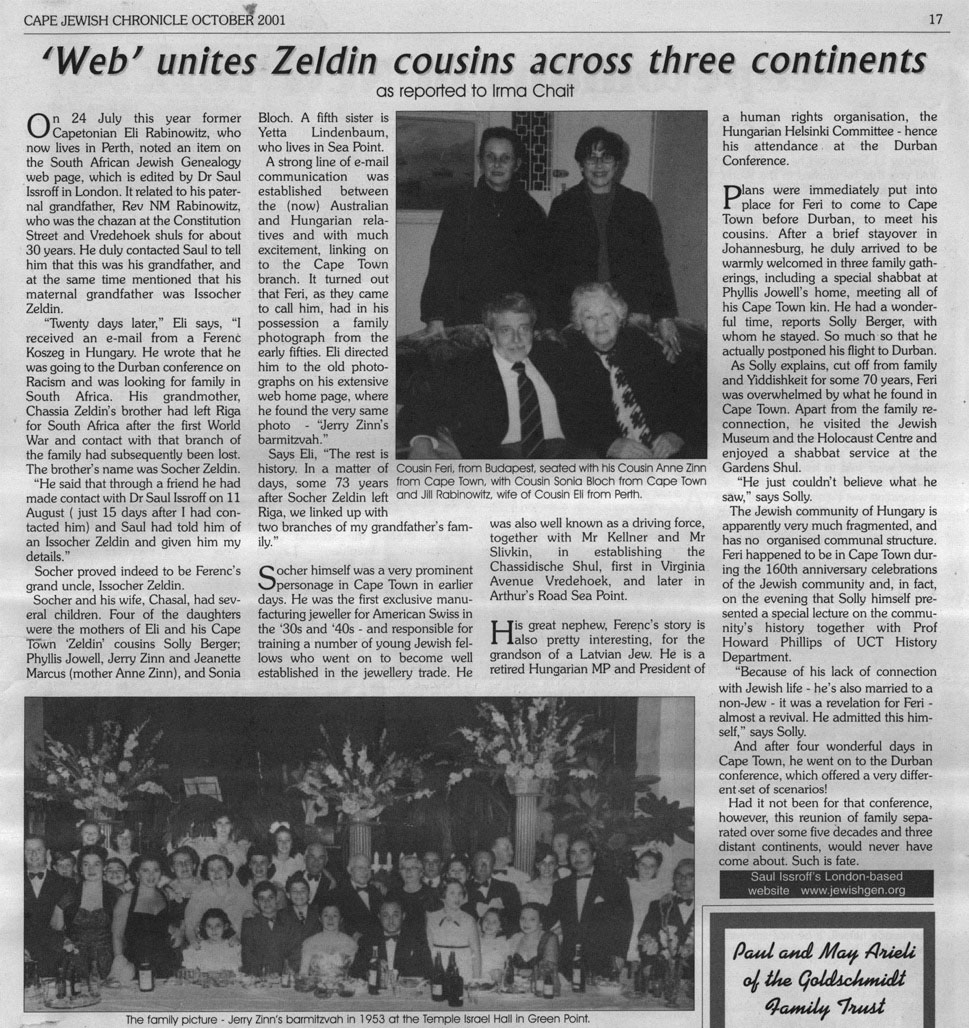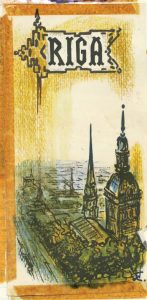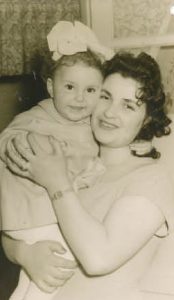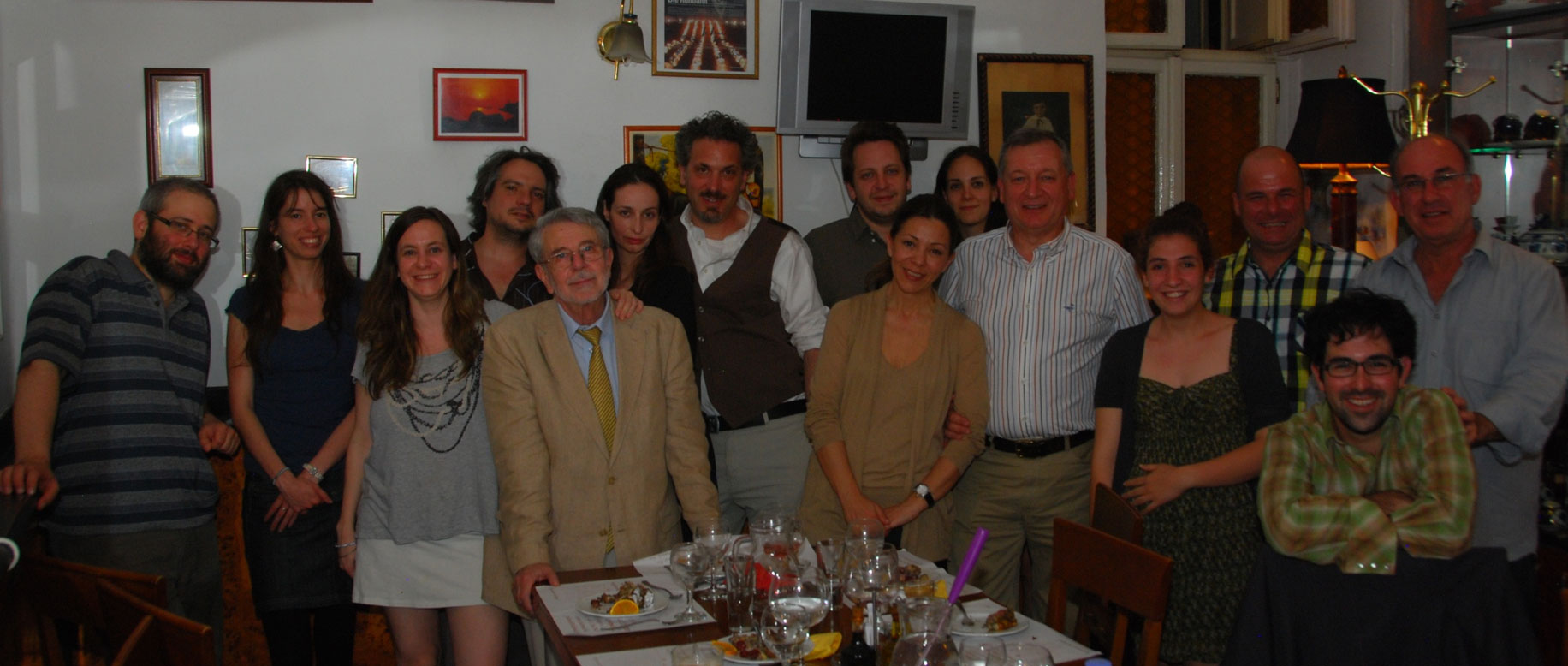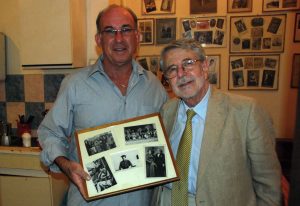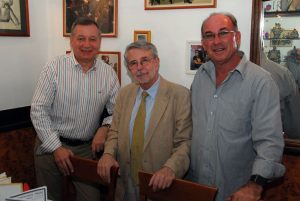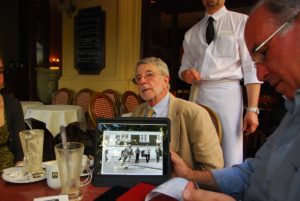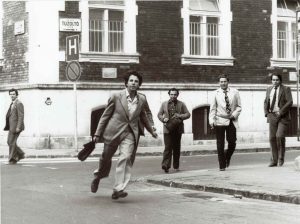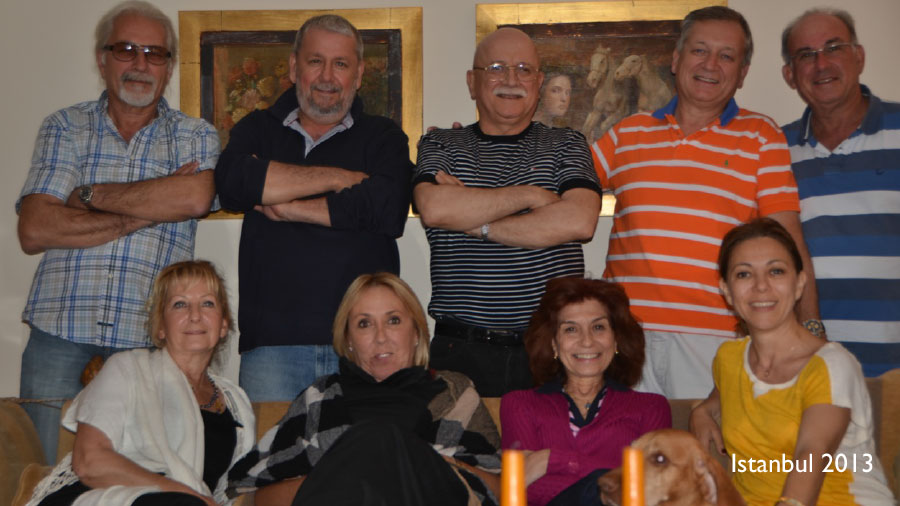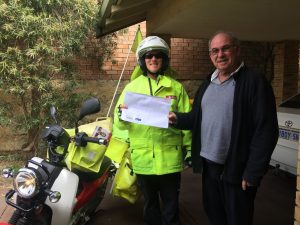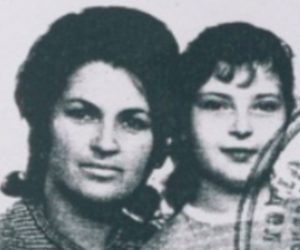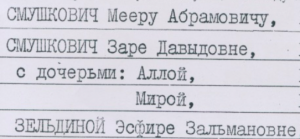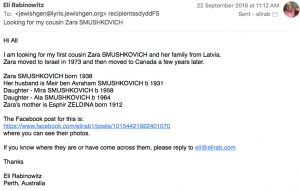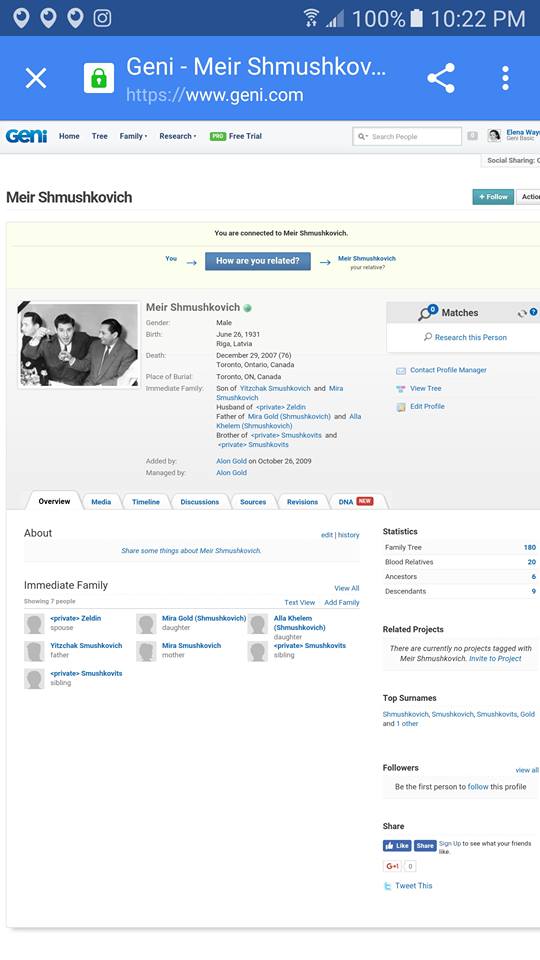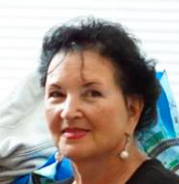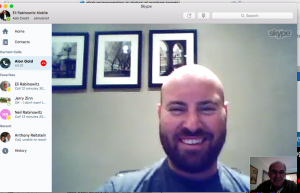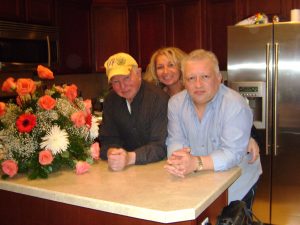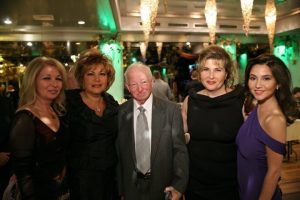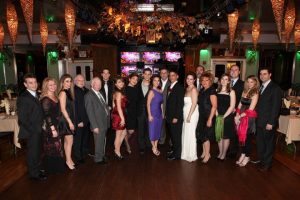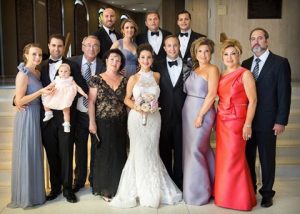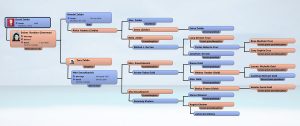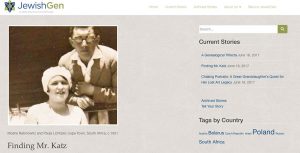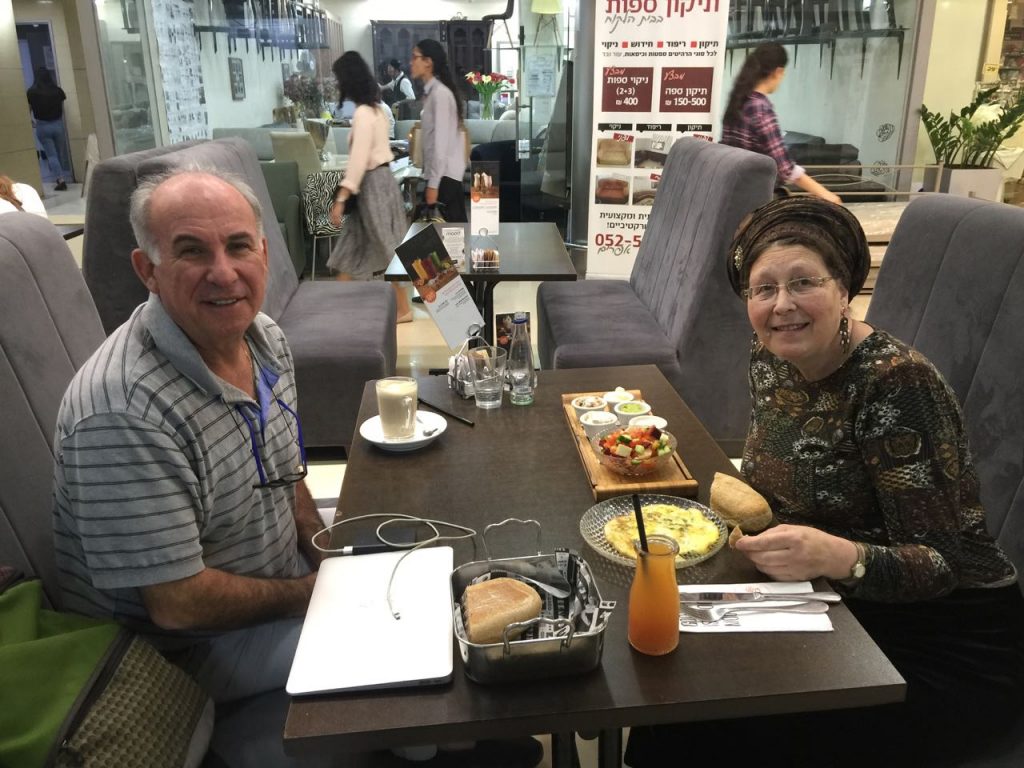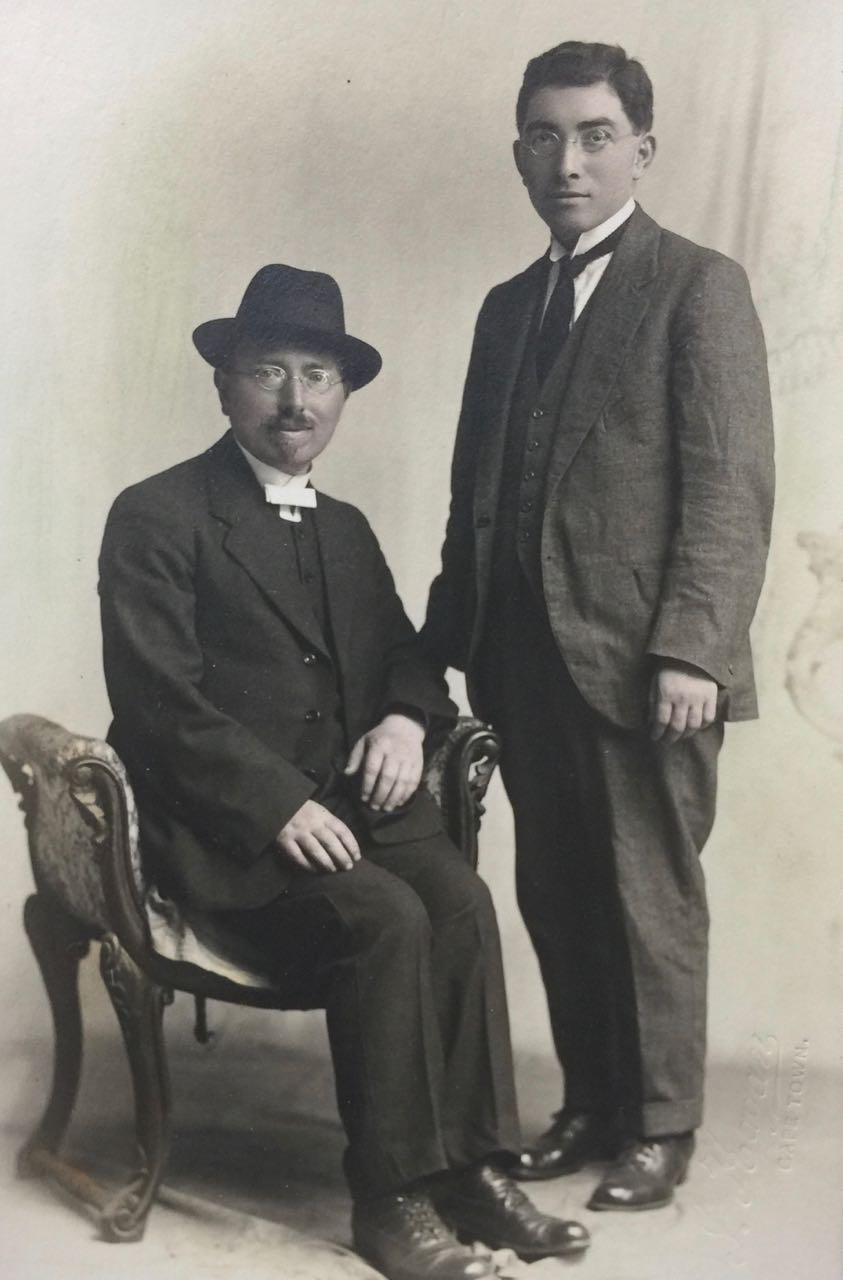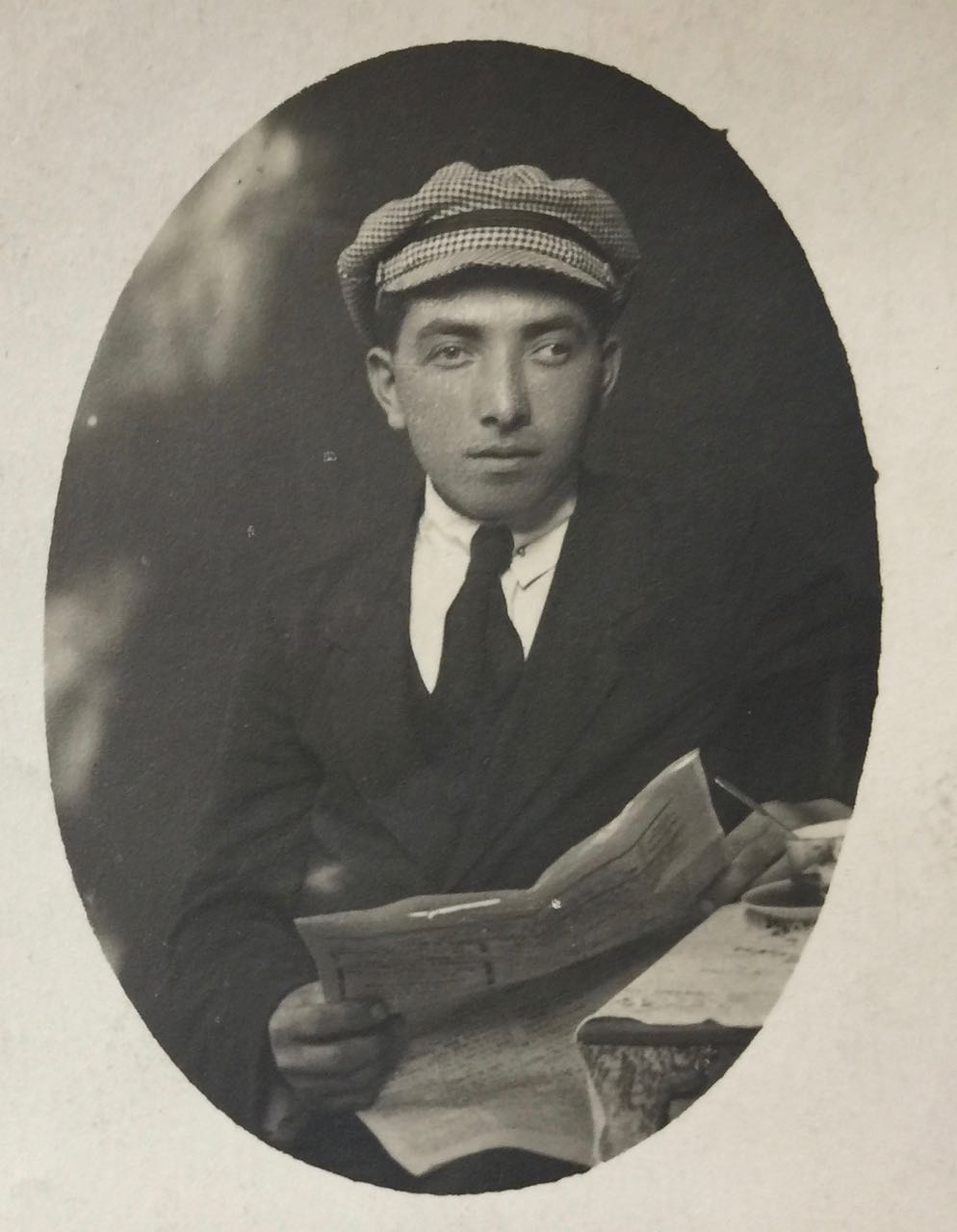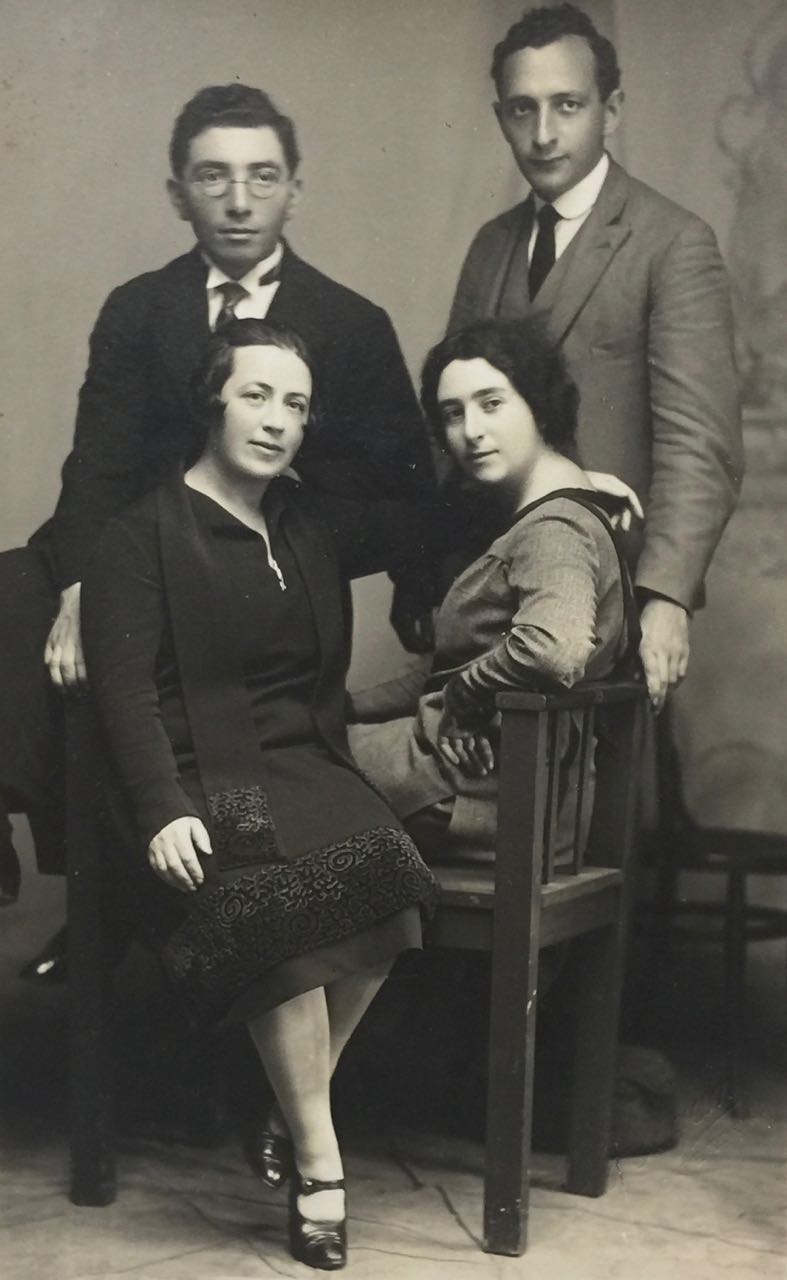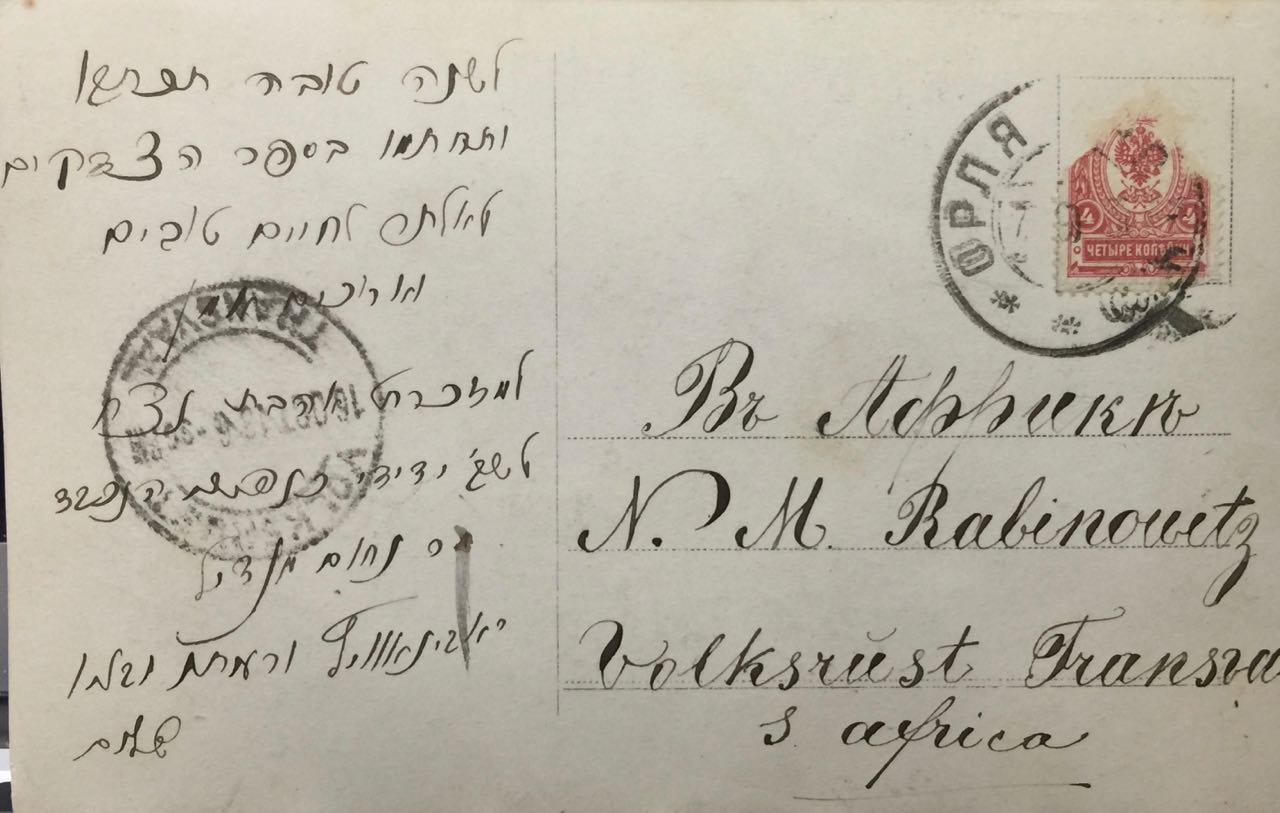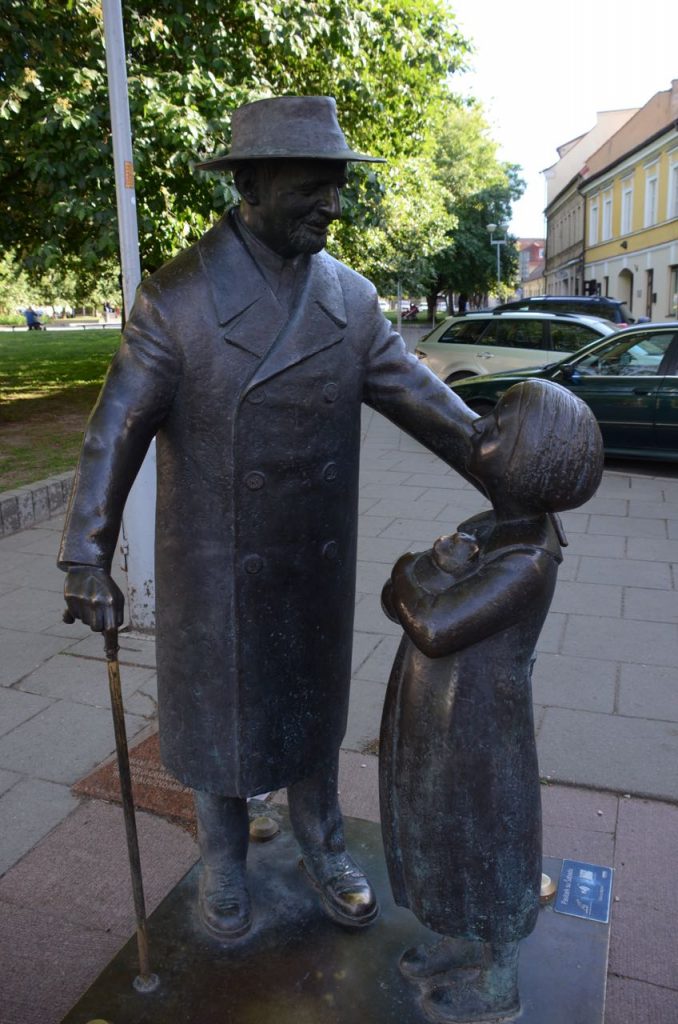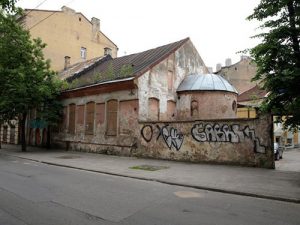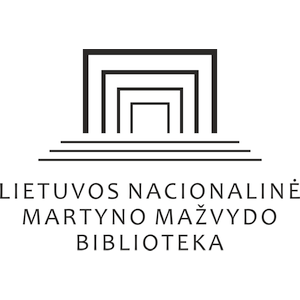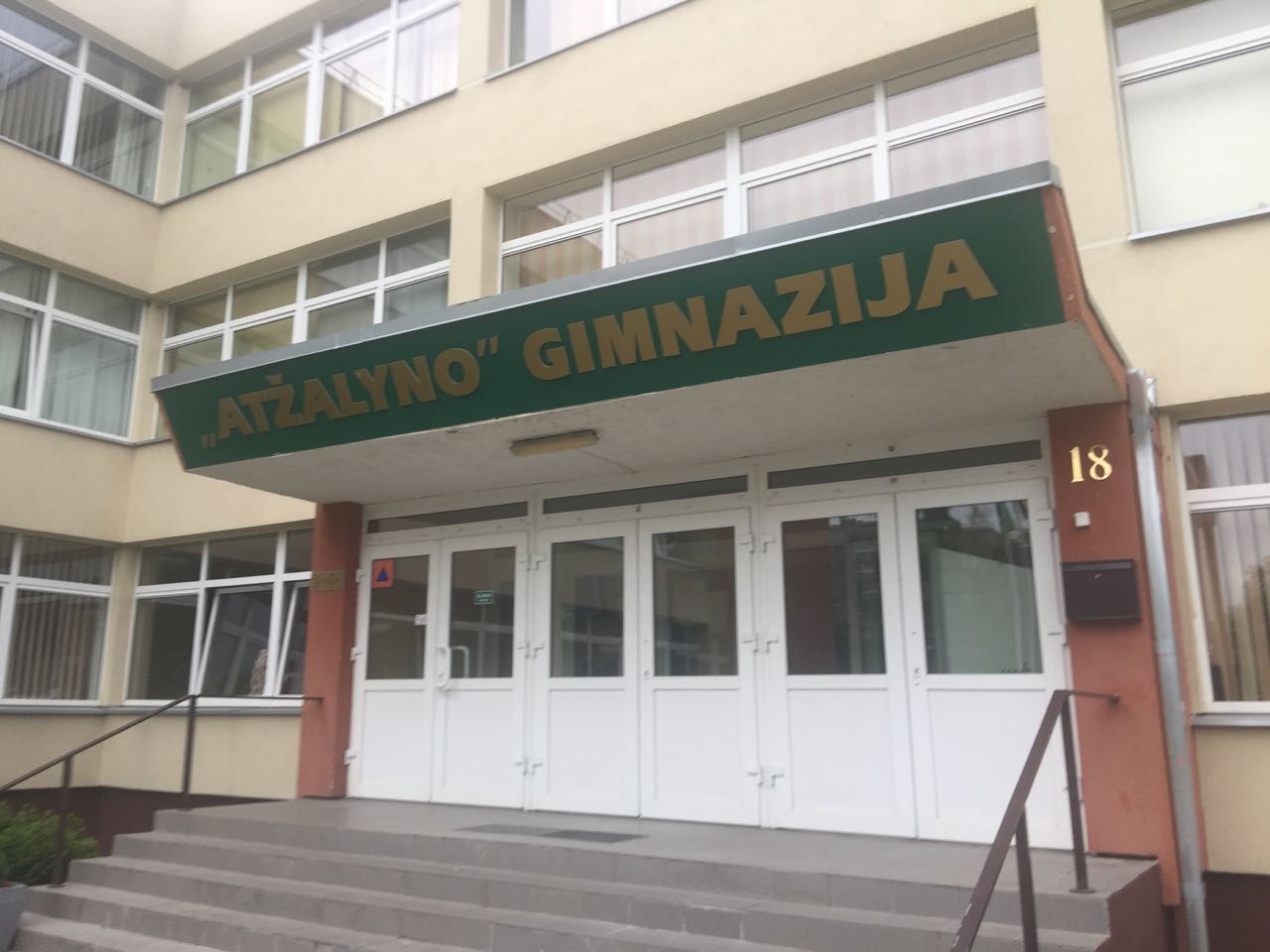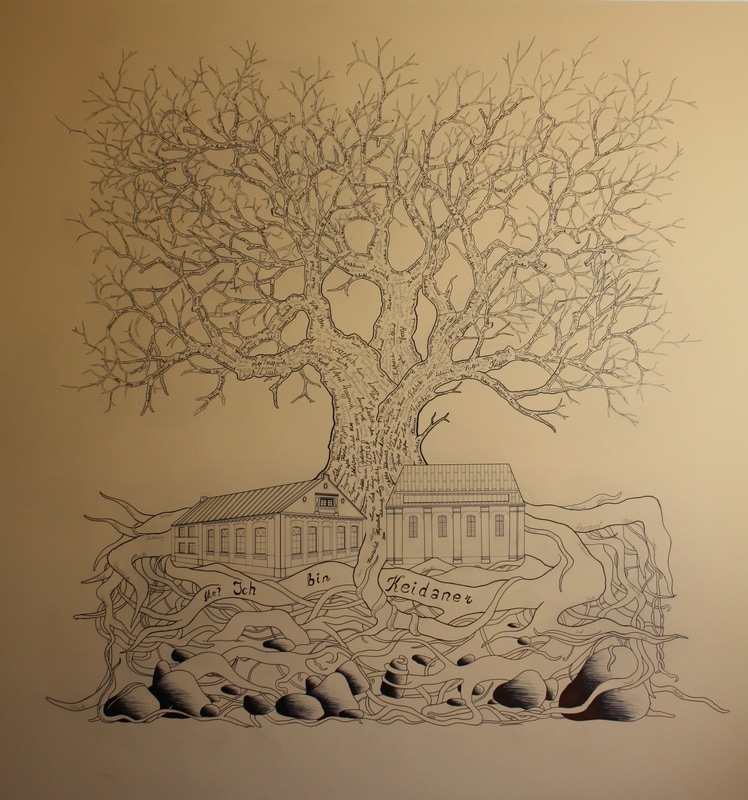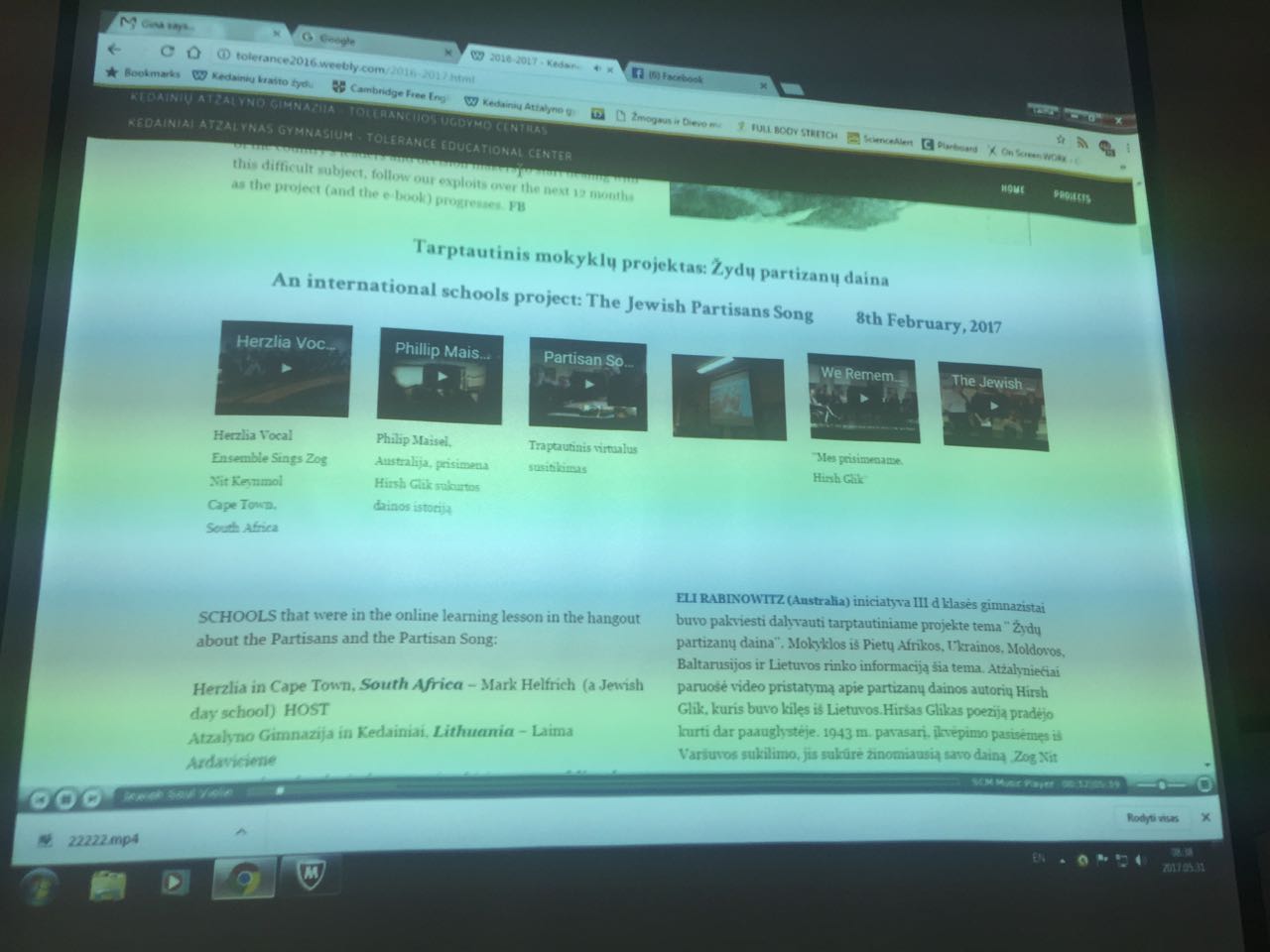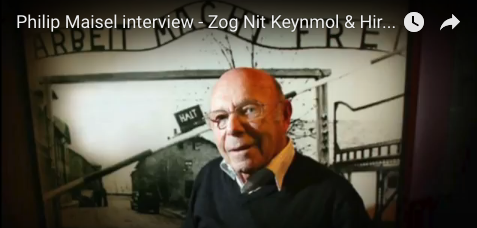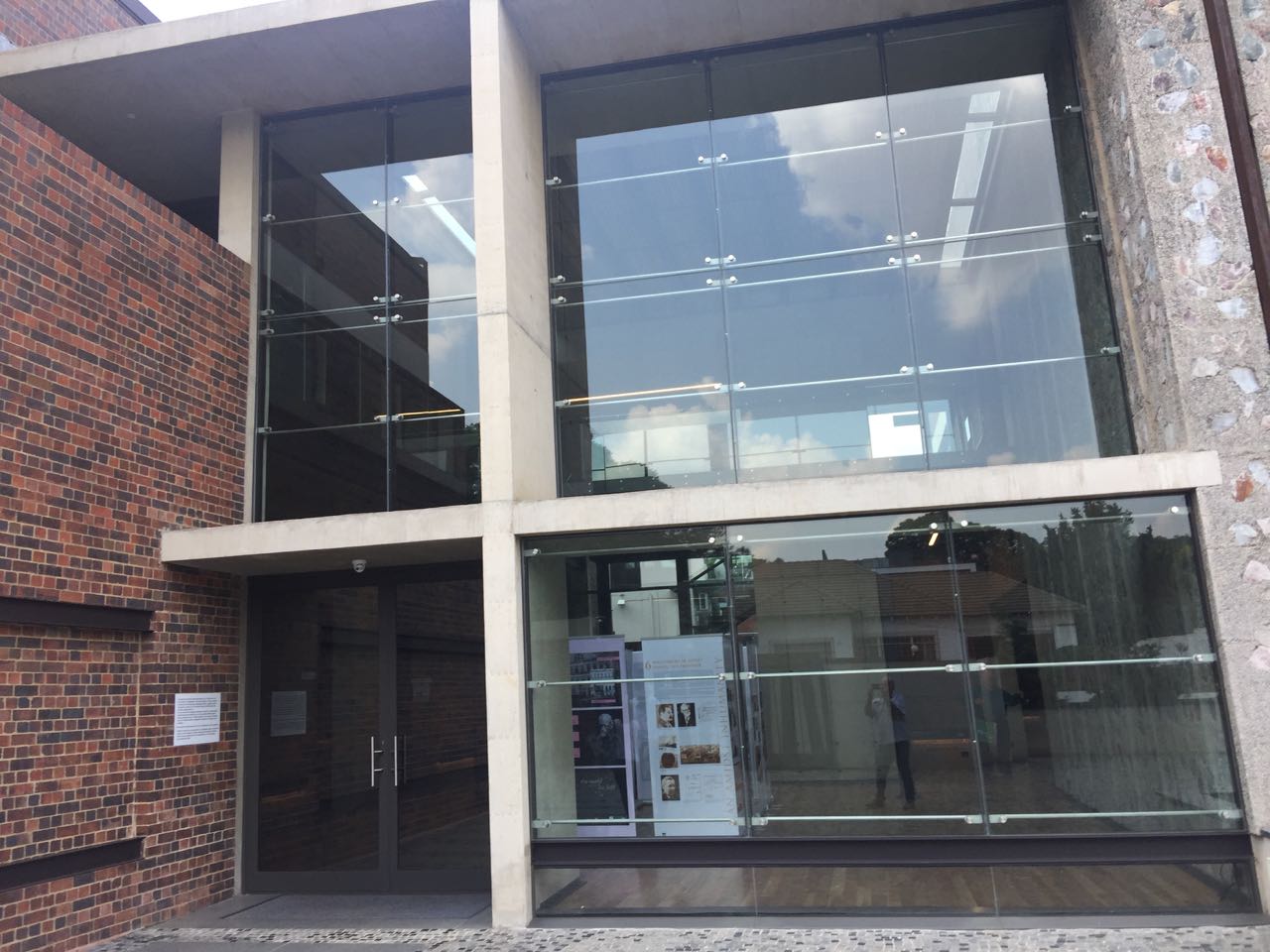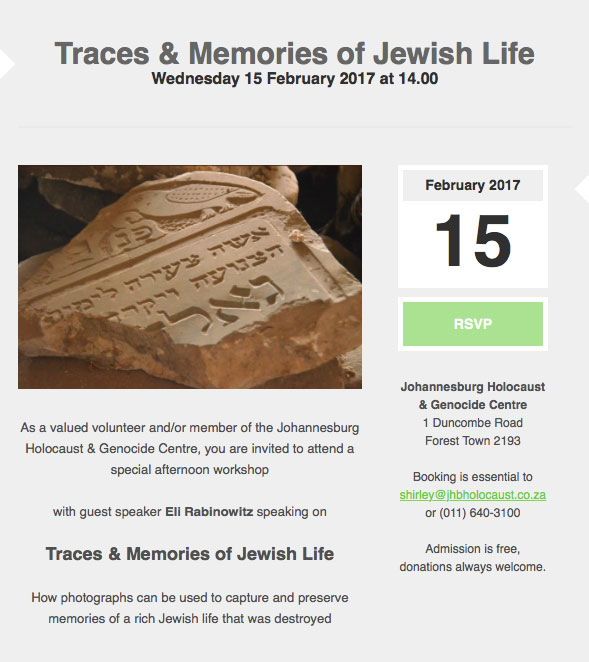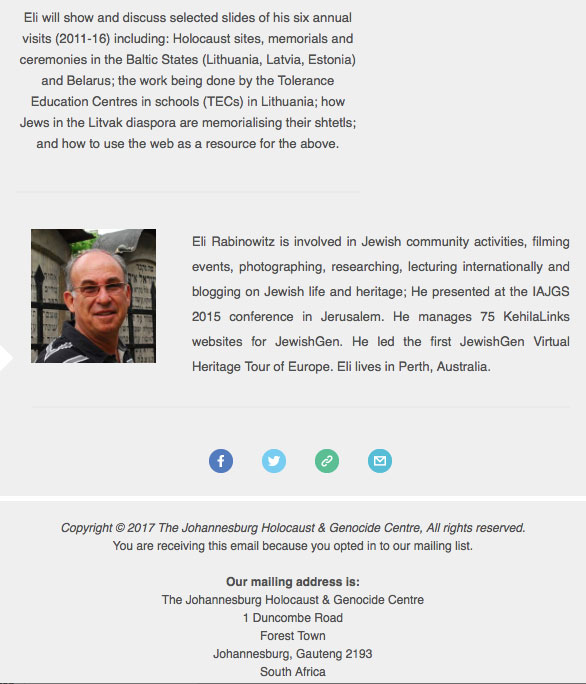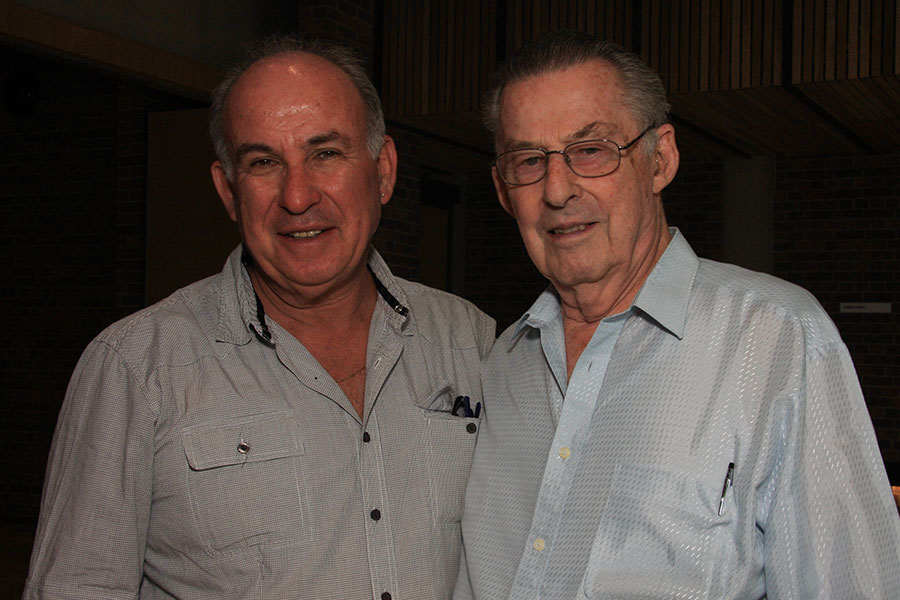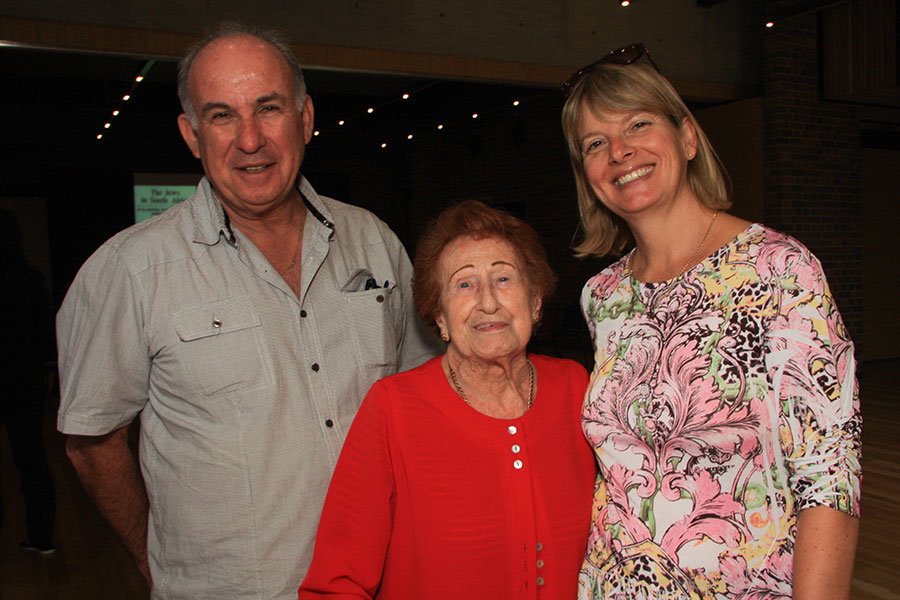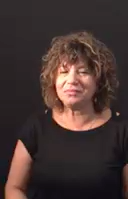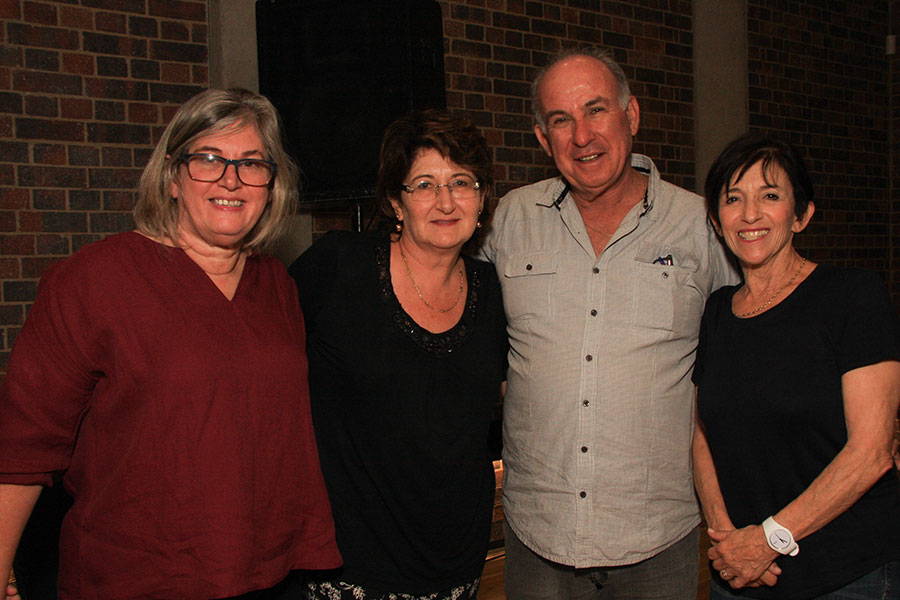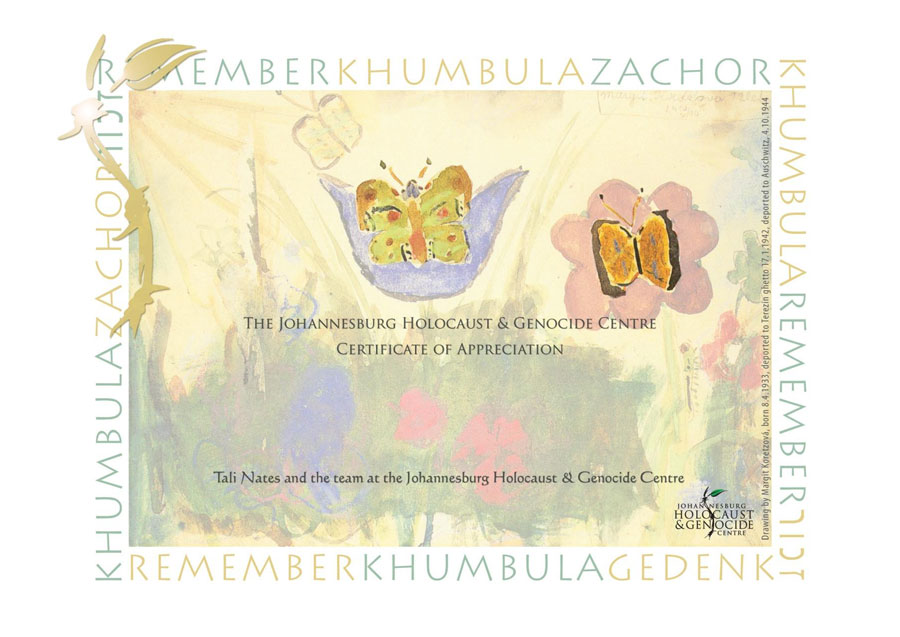A definite “must watch” to mark the Rebbe’s 27th yahrzeit
Menachem Mendel Schneerson
| Rabbi Menachem Mendel Schneerson | |
|---|---|
| Lubavitcher Rebbe | |

Menachem Mendel Schneerson at the Lag BaOmer parade in Brooklyn, 1987.
|
|
| Synagogue | 770 Eastern Parkway, Brooklyn, NY |
| Began | 10 Shevat 5711 / January 17, 1951 |
| Predecessor | Yosef Yitzchok Schneersohn |
| Personal details | |
| Born | April 5, 1902 OS (11 Nissan5662)[1] Nikolaev, Kherson Governorate,Russian Empire (present-dayMykolaiv, Ukraine) |
| Died | June 12, 1994 NS (3 Tammuz5754) (aged 92[2]) Manhattan, New York, USA |
| Buried | Queens, New York, USA |
| Dynasty | Chabad Lubavitch |
| Parents | Levi Yitzchak Schneerson ChanaYanovski Schneerson |
| Spouse | Chaya Mushka Schneerson |
| Semicha | Rogatchover Gaon |
Rabbi Menachem Mendel Schneerson (April 5, 1902 OS[1] – June 12, 1994 NS), known as the Lubavitcher Rebbe or just the Rebbe,[3] was a prominent Hasidic rabbi who was the seventh and last Rebbe (Hasidic leader) of the Chabad-Lubavitch movement. He was fifth in a direct paternal line to the third Chabad-Lubavitch Rebbe, Menachem Mendel Schneersohn. In January 1951, a year after the death of his father-in-law, Rabbi Yosef Yitzchok Schneersohn, he assumed the leadership of the Lubavitch movement.
He led the movement until his death in 1994, greatly expanding its worldwide activities and founding a worldwide network of institutions to spread traditional religious practices among the Jewish people.[4] These institutions include schools, kindergartens, synagogues andChabad houses. He successfully built a network of more than 3,600 institutions in over 70 countries and 1000 cities around the world.[5]During his lifetime, some of his followers considered him to be the Jewish Messiah, but Rabbi Schneerson mildly discouraged such talk.[6]
He was recognized as a contributor to Jewish continuity and religious thought,[7] and recognized by both the Orthodox and Reform movements, as the pioneer of Jewish outreach.[8]
Early life
Birth and early years
Menachem Mendel Schneerson was born on Friday, April 18, 1902, equivalent to 11 Nissan, 5662, in the town of Nikolaev.[9] His father was Rabbi Levi Yitzchak Schneerson, a renowned Talmudic scholar and authority on Kabbalah and Jewish law.[10] His mother was Rebbetzin Chana Schneerson (nee Yanovski).
In 1907, when Menachem Mendel was six years old, the Schneersons moved to Yekatrinislav (today, Dnepropetrovsk), where Rabbi Levi Yitzchak was appointed Chief Rabbi of the city. He served until 1939.[11] He had two younger brothers, Dov Ber and Yisroel Aryeh Leib.[12] His younger brother Dov Ber, an accomplished Talmudist in his youth, had become mentally disturbed during his late teenage years, and spent time at an institution for the mentally disabled near Nikolaiev. He was murdered in 1944 in a mass shooting by Nazi collaborators.[13]
The youngest, Yisrael Aryeh Leib, was close to his brother, and often traveled with him. He was widely viewed as a genius and studied Talmud, Kabbalah and science. In the late 1920s together with his brother, he met Rabbi Yosef Yitzchak Schneersohn, the sixth Rebbe.[14] To escape the Soviet Union, he changed his name to Mark Gourary using the papers of Mr. Mark (Mordecahi) Gourary, who had been a friend of his father. He moved to Israel where he became a businessman. He later moved to England where he began doctoral studies atLiverpool University but died in 1952 before completing them. His wife died in 1996 and his children—Schneerson’s closest living relatives—currently reside in Israel.[12]
Early education
During his youth, Schneerson received a mostly private Jewish education. He was tutored by Zalman Vilenkin from 1909 through 1913. In 1977, he said of Vilenkin: “He taught me and my brothers Chumash, Rashi and Talmud. He put me on my feet. He was an illustrious Jew…”[15] When Schneerson was eleven years old, Vilenkin informed the boy’s father that he had nothing more to teach his son.[16] At that point, the boy’s father, Rabbi Levi Yitzchak, began teaching his son. He also taught him Kaballa. And Menachem Mendel was gifted in both Talmudic and Kabalistic study.[17] Yona Kesse, who in his youth frequented Schneerson’s home later recounted: “I witnessed his intense diligence in Torah study, I always found him learning in a standing position, never sitting down. I remember him as an extremely private person, an introvert; his entire being as I recall it, was Torah.”[18] He was considered anIllui and genius, and by the time he was seventeen, he had mastered the entire Talmud, some 5,894 pages with all its early commentaries.[19][20] Menachem Mendel learned far more from his father than just Talmud and Kaballa. Rabbi Levi Yitzchak’s courage and principles were a guide to his son for the rest of his life. Many years later, when he once reminisced about his youth, Schneerson said “I have the education of the first-born son of the rabbi of Yekatrinoselav. When it comes to saving lives, I speak up whatever other may say.”[21]
Schneerson later studied independently under his father, who was his primary teacher. He studied Talmud and rabbinic literature, as well as the Hasidic view of Kabbalah. He received separate rabbinical ordinations from both the Rogatchover Gaon, Yosef Rosen,[22] and from Rabbi Yechiel Yaakov Weinberg (also known as the Sridei Aish).[23]
Although Schneerson didn’t attend a Soviet school, he took the exams as an external student and did well on them,[24] and he immersed himself in Jewish studies while simultaneously qualifying for Russian secondary school.[12] Throughout his childhood Schneerson was involved in the affairs of his father’s office, where his secular education and knowledge of the Russian language were useful in assisting his father’s public administrative work. He was also said to have acted as an interpreter between the Jewish community and the Russian authorities on a number of occasions.[12]
Early travels and marriage
In 1923 Schneerson visited Yosef Yitzchok Schneersohn for the first time. It was presumably at that time that he met Schneersohn’s middle daughter, Chaya Mushka.[12] He became engaged to her in Riga in 1923 and married her five years later in 1928, after being away in Berlin.[citation needed]
Chana Schneerson, the mother of Menachem Mendel, has noted in her memoirs that when Yosef Yirzchok was permitted to leave the USSR in 1927, “he submitted a list of those for whom he requested an exit visa to accompany him.” And that “the list included my son, M.M., long may he live”. She then notes that “for each one on the list individually, the Rebbe (Yosef Yitzchok) gave a reason for his request — a reason the Soviet government officials had to find satisfactory. When they came to his request for our son, however, they asked the Rebbe (Yosef Yitzchok) why he needed him. He replied that he wanted him as a son-in-law, to marry his daughter. “Do you really need to bring even a son-in-law from here?” they asked, to which the Rebbe (Yosef Yitzchok) replied firmly, “I won’t find such a son-in-law there!”[25]
Schneerson returned to Warsaw for his wedding, and in an article about his wedding in a Warsaw newspaper, “a number of academic degrees” were attributed to him. During the wedding celebration an elder Chassid asked Yosef Yitzchok “Tell me about the groom!”, to which he responded “I have given my daughter to this man. He is wholly fluent in the Babalonian and Jerusalem Talmuds; he knows the Torah writings of the Rishonim and Acharonim (the classic and modern commentators), and much, much more.”[26] Taking great pride in his son-in-law’s outstanding knowledge, Yosef Yitzchok asked him to engage the great Torah scholars that were present at the wedding in learned conversation.[27] Following the marriage, the newlyweds went to live in Berlin.[citation needed] The marriage was long and happy (60 years), but childless.
Schneerson and Yosef Yitzchok Schneersohn are related through Tzemach Tzedek, the third Rebbe of Chabad Lubavitch.
Berlin
Studies
Schneerson studied mathematics, physics and philosophy at the University of Berlin for five semesters from mid-1928 through 1930.[28]His father-in-law, Yosef Yitzchok, paid for all the tuition expenses and helped facilitate his studies throughout.[29] Whilst there, he wrote hundreds of pages of original Torah discourses, subsequently published as “Reshimot”,[30] and corresponded with his father on Torah matters, which were published in the 1970s in the book “Likuttei Levi Yitzchak—Letters”.[31] During his stay in Berlin, R. Schneerson was assigned specific communal tasks by his father-in-law, Rabbi Yosef Yitzchok Schneersohn, who also requested that he write scholarly annotations to the responsa of Tzemach Tzedek. Yosef Yitzchok Schneersohn also sought his annotations to various hasidic discourses. It was during this period, between 1928 and 1932, that there took place a serious interchange of halachic correspondence between R. Schneerson and the famed talmudic genius known as the Rogachover Gaon. This correspondence is indicative of Schneerson’s talmudic erudition at the time. In 1933 he also met with Rabbi Chaim Elazar Shapiro, as well as with famed talmudist Rabbi Shimon Shkop.[32]During this time he would keep a diary in which he would carefully document his private conversations with his father-in-law Yosef Yitzchok Schneersohn, as well as customs he witnessed his father-in-law observing over the next fifteen years.[33]
With his brother
His brother, Yisroel Aryeh Leib joined him in Berlin in 1931, traveling with false papers under the name ‘Mark Gurary’ to escape the Soviets. He arrived and was cared for by his brother and sister-in-law as he was seriously ill with typhoid fever. Leibel attended classes at the University of Berlin from 1931 to 1933. In 1933, after Hitler took over Germany and began instituting anti-Semitic policies, Mendel and his wife helped Leibel escape from Berlin, before themselves fleeing to Paris.[28] Leibel escaped to Mandate Palestine in 1939 with his fiancee Regina Milgram, where they later married.[34]
Encounters with Rabbi J. B. Soloveitchik
Rabbis Herschel Schacter, Sholem Kowalsky, Julius Berman, Rabbi Menachem Genack, and Rabbi Fabian Schoenfeld (all students of Soloveitchik) have asserted that Rabbi Menachem Mendel Schneerson, and Rabbi Joseph B. Soloveitchik met for the first time while they both studied in Berlin. They met many times at the home of Hayyim Heller in Berlin, and remained close even after the two left Germany.[35][36][37]
According to Soloveitchik’s son Rabbi Dr. Haym Soloveitchik, Rabbi Soloveitchik only saw Rabbi Schneerson pass by in Berlin and they did not meet while there.[38]
In 1964, Soloveitchik paid a lengthy visit to Schneerson while the latter was mourning the death of his mother. Their conversation during this visit lasted approximately two hours. Soloveitchik afterwards told his student Sholem Kowalsky, who accompanied him: “the Rebbe has a ‘gewaldiger’ (awesome) comprehension of the Torah.”[39] Soloveitchik later visited again following the death of Rabbi Schneerson’s mother-in-law.[35] In 1980, accompanied by his student Herschel Schacter, Rabbi Soloveitchik visited Rabbi Schneerson at Chabad headquarters in Brooklyn on the occasion of a celebration marking the 30th anniversary of his leadership. The visit lasted close to two hours after which Soloveitchik told Schacter his opinion of Schneerson; “He is a gaon, he is a great one, he is a leader of Israel.”[40]
Paris
In 1933, Rabbi Schneerson moved to Paris, France. He studied mechanics and electrical engineering at the École spéciale des travaux publics, du bâtiment et de l’industrie (ESTP), a Grandes écoles in the Montparnasse district. He graduated in July 1937 and received a license to practice as an electrical engineer. In November 1937, he enrolled at the Sorbonne, where he studied mathematics until World War II broke out in 1939.[41] Schneerson lived most of the time in Paris at 9 Rue Boulard in the 14th arrondissement, in the same building as his wife’s sister, Shaina, and her husband, Mendel Hornstein.[citation needed] His father-in-law, Yosef Yitzchok, also recommended that Professor Alexander Vasilyevitch Barchenko consult with Menachem Mendel regarding various religious and mystical matters.[42]
During his time in Paris, Schneerson oversaw and edited the “Hatamim”, a scholarly rabbinic journal that was published periodically from 1935 until 1938.[43] Rabbi Yosef Yitzchok Schneersohn, wrote to his daughter, Chaya Mushka: “although other names will appear in print, the entire work of “Hatamim” is that of my dear and beloved son-in-law, the Rabbi.”[44]
Prominent Rabbis, such as Yerachmiel Binyaminson and Eliyahu Eliezer Dessler turned to Schneerson with their queries regarding the reconciliation of different rabbinic and kabalistic opinions.[45] His response has been published in Igrot Kodesh.[46]
On June 11, 1940, three days before Paris fell to the Nazis, the Schneersons fled to Vichy, and later to Nice, where they stayed until their final escape from Europe.[47]
Rabbi Schneerson learned to speak French, which he put to use in establishing his movement there after the war.[citation needed] The Chabad movement in France later attracted many Jewish immigrants from Algeria, Morocco, and Tunisia.[citation needed]
America and leadership
Escape from Europe
In 1941, Rabbi Schneerson escaped from Europe on the Serpa Pinto, which sailed from Lisbon, Portugal. It was one of the last neutral passenger ships to cross the Atlantic before the danger from U-boats became too great.[48] He joined his father-in-law, Rabbi Yosef Yitzchok Schneersohn, in Crown Heights, Brooklyn. Upon his arrival in New York, Yosef Yitzchak dispatched a delegation of respected members of the Chabad community to greet him at the harbor. Yosef Yitzhok told them, “you will be greeting my son-in-law; he is fluent in all of Talmud, Tosafot, The Rosh and Ran, as well as all the published Chassidic books”.[49] Seeking to contribute to the war effort, he went to work in the Brooklyn Navy Yard, drawing wiring for the battleship USS Missouri (BB-63),[50][51] and other classified military work.[52]
Rise in America
In 1942, his father-in-law appointed him director of the Chabad movement’s newly founded central organizations, Merkos L’Inyonei Chinuch, Machneh Israel and Kehot Publication Society, placing him at the helm of the movement’s Jewish educational, social services, and publishing networks across the United States, Israel, Africa, Europe and Australia. Over the next decade, Rabbi Yosef Yitzchok referred many of the scholarly questions that had been inquired of him to his son-in-law Menachem Mendel.[53] At his father-in-law’s request, Schneerson would speak publicly once a month, delivering talks to his father-in-law’s followers,[12] and he became increasingly known as a personal representative of Rabbi Yosef Yitzchok.[53]
During the 1940s, Rabbi Schneerson became a naturalized US citizen. For many years to come, he would speak about America’s special place in the world, and would argue that the bedrock of the United States’ power and uniqueness came from its foundational values, which were, according to Rabbi Schneerson, ‘”E pluribus unum‘—from many one”, and “In God we trust.”[54] In 1949, his father-in-law would become a U.S. citizen, with the Rebbe assisting to coordinate the event.[55]
Succession as Rebbe
Rabbi Yosef Yitzchok Schneersohn died in 1950, leaving behind two sons-in-law. Rabbi Shemaryahu Gurary and Rabbi Menachem Mendel Schneerson. Chassidim began rallying around Rabbi Menachem Mendel Schneerson, persuading him to succeed his father-in-law as Rebbe. Although Rabbi M. Schneerson was reluctant, and actively refused to officially accept leadership of the movement for the entire year after Rabbi Y. Schneersohn’s death, he was eventually cajoled into accepting the post by his father-in-law’s followers.[56] Although there was no election, he was the natural candidate on dynastic grounds and on the basis of his scholarship and personal qualities.[57] On the first anniversary of his father-in-law’s passing, 10 Shevat 1951, he delivered a Hasidic discourse, (Ma’amar), spontaneously at the suggestion of someone in the crowd at a gathering, and formally became the Rebbe.[58]
Activities as Rebbe
-
A child announces one of the 12 verses. The icon at the bottom of the Rebbe’s position reads Merkos L’Inyonei Chinuch.
-
Waving to children at a Lag BaOmer parade.
Education
From the beginning of his leadership, Schneerson put a strong emphasis on education and often spoke of the need of a true moral educational system.[59] He said that education infused with godliness is the bedrock for a true moral society for all mankind regardless of religious faith,[60] and that we cannot rest until every child, boy and girl, receives a proper moral education.[61] Seeking to promote awareness for educational matters, Schneerson proclaimed 1977 as a “Year of Education” and urged Congress to do the same. He stated: “Education, in general, should not be limited to the acquisition of knowledge and preparation for a career, or, in common parlance, ‘to make a better living.’ We must think in terms of a ‘better living’ not only for the individual, but also for the society as a whole. The educational system must, therefore, pay more attention, indeed the main attention, to the building of character, with emphasis on moral and ethical values. Education must put greater emphasis on the promotion of fundamental human rights and obligations of justice and morality, which are the basis of any human society, if it is to be truly human and not turn into a jungle.”[62] Following which, the Ninety-Fifth Congress of the United States issued a Joint Resolution designating April 18, 1978, as “Education Day, U.S.A.“.[63] Since then, every President has issued a proclamation, proclaiming Schneerson’s birthday as “Education and Sharing Day, U.S.A.“[64] In 1982 Ronald Reagan also proclaimed Schneerson’s birthday as a “National Day of Reflection”.[60]
Women
In 1953, Schneerson established the Lubavitch women’s organisation. And in a marked departure from an entrenched tendency to limit high-level Torah education to men and boys, he addressed his teachings equally to both genders.[65] Schneerson would describe the increase in Torah study by women as one of the “positive innovations of the later generations”[66]
Jewish outreach
Rabbi Schneerson was the first person to put priority on what today is called ‘kiruv’, and drawing Jews closer to their religion,[8] and he believed that the American public was seeking to learn more about their Jewish heritage. Speaking to an American journalist in 1951, he stated: “America is not lost, you are not different. You sincerely crave to know, to learn. Americans are inquisitive. It is Chabad’s point of view that the American mind is simple, honest, direct—good, tillable soil for Hassidism, or just plain Judaism”.[67] Rabbi Schneerson believed that Jews need not be on the defensive, but need to be on the ground building Jewish institutions, day schools and synagogues. Rabbi Schneerson said that we need “to discharge ourselves of our duty and we must take the initiative”.[68]
Rabbi Schneerson placed a tremendous emphasis on outreach. He made great efforts to intensify this program of the Chabad movement, bringing Jews from all walks of life to adopt Torah-observant Judaism, and aggressively sought the expansion of the baal teshuva movement. His work included organizing the training of thousands of young Chabad rabbis and their wives, who were sent all over the world by him as shluchim (emissaries) to promote Jewish observance and education.
He oversaw the building of schools, community centers, youth camps, and “Chabad Houses”, and established contacts with wealthy Jews and government officials around the world. Rabbi Schneerson also instituted a system of “Chabad mitzvah campaigns” called mivtzoim to encourage Jews to follow Orthodox Jewish practices. They commonly centered on practices such as keeping kosher, lighting Shabbat candles, studying Torah, putting on tefillin, helping to write sifrei Torah, and teaching women to observe the laws of Jewish family purity. He also launched a global Noahide campaign[69] to promote observance of the Noahide Laws[70] among gentiles, and argued that involvement in this campaign is an obligation for every Jew.[71]
Today there are Chabad Shluchim, emissaries of Rabbi Schneerson, in over 70 countries and 1000 cities around the world, totaling more than 3,600 institutions.[72] Chabad is very often the only Jewish presence in a given town or city and it has become the face of Jewish Orthodoxy for the Jewish and general world.[73]
Political activities
Although not a political lobby, Schneerson had great influence on numerous politicians, many of whom would seek his advice. During his years as Rebbe, he was visited by Presidents, Prime Ministers, Governors, Senators, Congressmen and Mayors. Many politicians came to him during their campaigns, courting his blessing and endorsement. Notable among them are prominent American politicians such as John F. Kennedy, Robert Kennedy, Franklin D. Roosevelt, Jr, Jacob Javits, Ed Koch, Rudy Giuliani, David Dinkins and Joe Lieberman.[52][74]
Israel
Rabbi Schneerson always took an interest into the affairs of the state of Israel.[75] Although he never was in Israel, he had many admirers there, and many among Israel’s top leadership made it a point to visit him.[76] One of Israel’s presidents, Zalman Shazar, who was of Lubavitch ancestry, would visit Schneerson and corresponded extensively with him.Menachem Begin,[77] Ariel Sharon,[78] Yitzhak Rabin,[79] Shimon Peres, Moshe Katzav, and later, Benjamin Netanyahu[80] also paid visits and sought advice, along with numerous other less famous politicians, diplomats, military officials, and media producers. In the elections that brought Yitzhak Shamir to power, Schneerson publicly lobbied his followers and theOrthodox members in the Knesset to vote for the Likud alignment. It attracted the media’s attention and led to articles in Time, Newsweek, and many newspapers and TV programs, and led to considerable controversy within Israeli politics.
Rabbi Schneerson did whatever was in his power to support the infrastructure of the state, and advance its success.[81] He was concerned with the agricultural,[82] industrial and overall economic welfare of Israel,[83] and sought to promote its scientific achievements, and enhance Israel’s standing in the international community.[84] He consistently expressed enormous recognition for the role of the Israel Defense Forces and stated that those who serve in the Israeli army perform a great Mitzva.[85] Schneerson publicly expressed his view, that the safety and stability of Israel were in the best interests of the United States, as Israel is the front line against those who want the anti-west nations to succeed.[86]
Just before the outbreak of the Six-Day War, Schneerson instructed his followers in Israel and throughout the world to initiate an active Teffilin campaign, to see that Jews observe the Mitzva of Tefillin as a means of ensuring divine protection against Israel’s enemies.[87] Speaking to a crowd of thousands of people on May 28, 1967, only a few days before the outbreak of the war, he assured the world that Israel would be victorious.[88] He said Israel had no need to fear as God was with them, quoting the verse, “the Guardian of Israel neither sleeps nor slumbers.”[89]
After the Operation Entebbe rescue, in a public talk on 16 August 1976, Schneerson applauded the courage and selflessness of the IDF, “who flew thousands of miles, putting their lives in danger for the sole purpose of possibly saving the lives of tens of Jews”. He said “their portion in the Hereafter is guaranteed”.[90][91] He was later vilified by ultra haredi rabbis for publicly praising the courage of irreligious, Zionist soldiers and suggesting that God chose these people as a medium through which he would send deliverance to the Jewish people.[92]Schneerson protested vehemently against those elements within the ultra haredi society who sought to undermine the motivations and actions of the soldiers.[93][94][95]
He lobbied Israeli politicians to pass legislation in accordance with Jewish religious law on the question “Who is a Jew?” and declare that “only one who is born of a Jewish mother or converted according to Halakha is Jewish.” This caused a furore in the United States. Some American Jewish philanthropies stopped financially supporting Chabad-Lubavitch since most of their members were connected to Reform and Conservative Judaism. Controversial issues such as territorial compromise in Israel that might have estranged benefactors from giving much-needed funds to Chabad.[96]
United Nations
Benjamin Netanyahu said that while serving as Israel’s ambassador to the United Nations in 1984, Schneerson told him: “you will be serving in a house of darkness, but remember, that even in the darkest place; the light of a single candle can be seen far and wide…” Netanyahu later retold this episode in a speech at the General Assembly, on Sept 23, 2011.[97]
Russia
Schneerson greatly encouraged the Jewish community who were living in the Eastern Bloc, sending many emissaries on covert missions to sustain Judaism under Communist regimes.[98] At the same time, he opposed public demonstrations on behalf of Soviet Jews, stating that he believed quiet diplomacy would be more effective than loud protests when it comes to rescuing the Jews of Russia.[99]
Schneerson spoke passionately about the Jews in Russia. He said: “Behind the Iron Curtain, there are Jews who are in an extremely precarious position, to the extent that they must have self-sacrifice for every aspect of fulfillment of Judaism. Nevertheless, they do not worry about their physical wants…There are Jews who do not have tefillin! They cannot go to the synagogue, for if they get caught they will lose their employment… Despite all this, they make no calculations regarding what the next day may bring; their whole desire is to be able to put on tefillin…”[100]
Following the Chernobyl disaster in 1986, Schneerson called for efforts to rescue children from Chernobyl and founded a special organization for this purpose.[101] The first rescue flight occurred on August 3, 1990, when 196 children were flown to Israel and brought to a shelter campus. Since then, thousands of children have been rescued and brought to Israel where they receive housing, education and medical care in a supportive environment.[102]
Natan Sharansky, the Chairman of the Jewish Agency said that Chabad Lubavitch was an essential connector to Soviet Jewry during the Cold War.[103]
Iran
| This section does not cite any references or sources. (November 2010) |
Beginning in the winter of 1979, during the tumultuous days of the Islamic Revolution in Iran, Rabbi Schneerson directed his emissaries to make arrangements to rescue Jewish teenagers from Iran and place them in foster homes within the Lubavitcher community in Brooklyn.[104] This mission, while not political in nature, was originally started as a secretive quest in order not to jeopardize the safety of the Iranian Jewish community at large. Many of Rabbi Schneerson’s followers in Brooklyn were asked to open their homes to these Jewish children and help save their lives from another potential Holocaust in the making. The new Islamic government in Iran was vocally opposed to the existence of Israel and created a genuine concern in world Jewish circles by accusing many in the Jewish community of being Zionists. The execution of the leader of the Iranian Jewish community, Habib Elghanian, had made this a tangible threat to the very existence of the community. Ultimately, while more than a dozen members of the Jewish community were executed by the new Iranian government, Jews were allowed to continue to live in Iran and there would be no Holocaust. Hundreds of Jewish children from Tehran and other major cities in Iran were flown from Tehran to New York with the help of Schneerson’s emissaries, placed in foster homes in Crown Heights and educated in Chabad schools. Many would adopt the Lubavitcher lifestyle and later, some even served as Chabad emissaries and religious leaders. Many others would later reunite with their biological parents after their parents and other family members emigrated to the United States.
Scholarship
Rabbi Schneerson is known for his scholarship both in the Talmud and hidden parts of the Torah (both Kabbalah and Chasidus). Rabbis and Rosh Yeshivas, as well as scientists and professors who would meet him or correspond with him would marvel at his wisdom and knowledge, of both Torah and secular subjects.[105] Rabbi Mordechai Eliyahu, former chief Rabbi of Israel, has said regarding one of his meetings with Rabbi Schneerson: “The conversation covered all sections of the Torah: the Talmud, Jewish law, Kabbalah, etc. The Rebbe jumped effortlessly from one Talmudic tractate to another, and from there to Kabbalah and then to Jewish law… He was clear in all the subjects discussed and organized in his delivery. It was as if he had just finished studying these very topics from the holy books. The whole Torah was an open book in front of him”.[106] His collected writings and speeches are gathered in more than a hundred volumes in Hebrew and Yiddish. They include Torah expositions, halakhic analysis, Talmudic discourses, explorations of Jewish mysticism and letters of guidance to Jews throughout the world.[107] He also penned tens of thousands of replies to requests and questions. The majority of his correspondence is printed in Igrot Kodesh, partly translated as “Letters from the Rebbe”. His correspondence fills more than two hundred published volumes. These detailed and personal letters to many thousands of people offer advice and explanation on a wide variety of subjects, including spiritual matters as well as all aspects of life.[108]
He is also especially renowned for his original insights and unprecedented analysis of Rashi‘s Torah commentary, which were delivered at the regular public Farbenegens. Many of these talks were later published in the 39 volume set of Likkutei Sichos. In halachic matters, he would normally refer to local orthodox rabbis, and advised the movement to do likewise in the event of his death.[109] While Rabbi Schneerson rarely chose to involve himself with questions of halakha (Jewish law), some notable exceptions were with regard to the use of electrical appliances on Shabbat, sailing on Israeli boats staffed by Jews, and halakhic dilemmas related to certain religious observances which may arise when crossing theInternational Date Line.
Public addresses
Rabbi Schneerson was known for delivering regular lengthy addresses to his followers at public gatherings in precise Yiddish and without a text or even any notes open in front of him the entire time.[110][111][112] These talks usually centered on the weekly Torah portion and on various tractates of the Talmud, during which he demonstrated a unique and amazing approach in explaining seemingly different concepts by analysis of the fundamental principle common to the entire tractate.[113] These talks were then transcribed by followers known as choizerim and distributed widely. Many of them were later edited by him and distributed worldwide in small booklets, later to be compiled in the Likkutei Sichot set. Listening to these talks, which sometimes went for eight or nine hours straight, was an unparalleled spiritual experience.[108] Following his attendance at one such talk with his son-in-law Rabbi Yisrael Lau, the then Rabbi of Tel-Aviv, Yitzchak Yedidya Frankel said “I have witnessed the magnificence of Polish Jewry…and I have known most of the great scholars of recent generations. But I have never seen such command of the material. That is genius.”[114]
Yechidus and “Sunday Dollars”
Beginning in 1951 when he accepted the leadership, Schneerson would receive visitors twice a week, on Sundays and Thursdays. These meetings, called yechidus, would start at 8pm and often continue until five in the morning. Anyone would have the chance to meet Schneerson privately for a discussion and to receive his advice and blessings.[57][115] These meetings had to be booked in advance with Mordechai Hodakov, Schneerson’s chief secretary.[115] At such private audiences he would meet over three thousand people.[116] The sessions were so popular that reservations were required—often months in advance. It was at these sessions, that Schneerson met with mayors, senators, presidents and every prime minister of Israel.[52]
Aside from a brief period of two months, after Schneerson suffered a heart attack in 1978, these meetings lasted weekly until 1982 when it became impossible to facilitate the large number of people. These meetings were then held only for those who had a special occasion, such as bride and groom for their wedding or a boy and his family on the occasion of a bar mitzvah.[116]
In 1986, Rabbi Schneerson again began to regularly greet people individually. This time, the personal meetings took the form of a weekly receiving line in “770”. Almost every Sunday, thousands of people would line up to meet briefly with Schneerson and receive a one-dollar bill, which was to be donated to charity. People filing past Schneerson would often take this opportunity to ask him for advice or to request a blessing. This event is usually referred to as “Sunday Dollars.”[117] Beginning in 1989, these events were recorded on videotape. Posthumously, hundreds of thousands of these encounters have been posted online for public access.[118]
“770”
Rabbi Schneerson rarely left Crown Heights in Brooklyn except for frequent lengthy visits to his father-in-law’s gravesite in Queens, New York. A year after the death of his wife, Chaya Mushka, in 1988, when the traditional year of Jewish mourning had passed, he moved into his study above the central Lubavitch synagogue at 770 Eastern Parkway.
It was from this location that Rabbi Schneerson directed his emissaries’ work and managed the movement’s development. His public roles included celebrations called farbrengens (gatherings) on Shabbats, Jewish holy days, and special days on the Chabad calendar, when he would give lengthy sermons to crowds. In later years, these would often be broadcast on cable television and via satellite to Lubavitch branches around the world.
Later life
Illness
In 1977, Rabbi Schneerson suffered a massive heart attack while celebrating the hakafot ceremony on Shemini Atzeret. Despite the best efforts of his doctors to convince him to change his mind, he refused to be hospitalized.[119] This necessitated building a mini-hospital in his headquarters at “770.” Although he did not appear again in public for four weeks, Rabbi Schneerson continued to deliver talks and discourses from his study via intercom. His chief cardiologist, Dr. Ira Weiss, later stated that despite his own protestations against the Rebbe’s being treated in 770, in retrospect, it had turned out to be the correct decision, and “the Rebbe, in fact received better medical care in 770 than he would have had we taken him to the hospital.”[120] On Rosh Chodesh Kislev, he left his study for the first time in more than a month to go home. His followers celebrate this day as a holiday each year.
Retirement
Schneerson was opposed to retirement, seeing it as a waste of precious years.[121] In 1972, on the occasion of his 70th birthday, Schneerson spoke at length about his opposition to retirement, and instead of announcing a retirement plan, he proposed the establishment of 71 new institutions to mark the beginning of the 71st year of his life.[122] In the mid 1980s, when Schneerson was already in his late 80s, he remarked to Rabbi David Hollander who was contemplating retiring at the time “I am older than you are, and I am taking on additional burdens, by what right do you retire?”[123]
Death of his wife
On February 10, 1988 Rebbetzin Chaya Mushka Schneerson died. Following her death, Schneerson greatly increased his public functions. For example, whereas previously he had led Shabbat gatherings once a month, he now began holding these gatherings every Shabbat.[124] He later edited these addresses, which have since been published in the 10 volumeSefer HaSichos set.
Final illness
In 1992, Schneerson suffered a serious stroke while praying at the grave of his father-in-law. The stroke left him unable to speak and paralyzed on the right side of his body. Nonetheless, he continued to respond daily to thousands of queries and requests for blessings from around the world. His secretaries would read the letters to him and he would indicate his response with head and hand motions. During this time, the belief in Schneerson as the Messiah (Moshiach) became more widespread.[125]
Despite his deteriorating health, Schneerson once again refused to leave “770”. Several months into his illness, a small room with tinted glass windows and an attached balcony was built overlooking the main synagogue. This allowed Rabbi Schneerson to pray with his followers, beginning with the Rosh Hashanah services, and to appear before them after services either by having the window opened or by being carried out onto the balcony.
His final illness led to a split between two groups of aides who differed in their recommendations as to how Schneerson should be treated, with the two camps led by Leib Groner andYehuda Krinsky.[126][127]
Final years
His own stated goals
From his childhood and throughout the years of his leadership, the Rebbe explained that his goal was to “make the world a better place,”[128] and to eliminate suffering. In 1954, in a letter to Yitzchak Ben Tzvi, Israel’s second President, the Rebbe wrote: “From the time that I was a child attending cheder, and even before, the vision of the future Redemption began to take form in my imagination – the Redemption of the Jewish People from their final Exile, a redemption of such magnitude and grandeur through which the purpose of the suffering, the harsh decrees and annihilation of Exile will be understood…[129] ”
Final declarations
In 1991, he declared to his followers: “I have done everything I can [to bring Moshiach], now I am handing over to you [the mission]; do everything you can to bring Moshiach!” A campaign was then started to usher in the Messianic age through “acts of goodness and kindness,” and some of his followers placed advertisements in the mass media, including many full-page ads in the New York Times, declaring in Rabbi Schneerson’s name that the Moshiach’s arrival was imminent, and urging everyone to prepare for and hasten it by increasing their good deeds.[citation needed]
Death and burial
The Rebbe’s Tomb: Schneerson’s burial place next to his father-in-law and predecessor in Queens, NY.
Rabbi Schneerson died at the Beth Israel Medical Center on June 12, 1994 (3 Tammuz 5754) and was buried at the Ohel next to his teacher and father-in-law, Rabbi Yosef Yitzchak Schneersohn, at Montefiore Cemetery in Queens, New York,[130] in 1994.[131] The Ohel had been built around the previous Rebbe’s grave in 1952.
Funeral
According to police estimates, some 35,000 people were gathered outside Lubavitch headquarters waiting for the coffin to be brought outside. When the plain pine coffin appeared, the scene became one of emotional mayhem, with women wailing and men pressing forward to touch it. The 350 police who were on the scene could barely contain the surging crowds, and the pallbearers had difficulty getting the coffin into a waiting hearse. Among the dignitaries present at Lubavitch headquarters were New York Mayor Rudolph Giuliani; Benjamin Netanyahu, Gad Yaacobi, Israel’s ambassador to the United Nations; Colette Avital, Israeli consul general in New York; and Malcolm Hoenlein, the chairman of the Conference of Presidents of Major American Jewish Organizations.[132]
Ohel Chabad-Lubavitch Center
Soon after Schneerson’s death, philanthropist Joseph Gutnick of Melbourne, Australia established the Ohel Chabad-Lubavitch Center on Francis Lewis Boulevard, Queens, New York, which is located adjacent to the Rebbe’s Ohel. Following the age-old Jewish tradition of turning the resting place of a tzadik into a place of prayer, thousands of people flock to the Rebbe’s resting place[133] every week.[134] Many more send faxes and e-mails[135] with requests for prayers to be read at the grave site.
Awards and tributes
U.S. Government awards
Starting with President Carter in 1978,[136] the U.S. Congress and President have issued proclamations each year, declaring that Rabbi Schneerson’s birthday — usually a day in March or April that coincides with his recognized Hebrew calendar birthdate of 11 Nissan — be observed as Education and Sharing Day in the United States.[137] The Rebbe would usually respond with a public address[138] on the importance of education in modern society, and holding forth on the United States’ special role in the world.
Honors
On March 25, 1983, on the occasion of his 80th birthday, the United States Congress proclaimed Rabbi Schneerson’s birthday as “Education Day, USA,” and awarded him the National Scroll of Honor.[139]
Honored by Congress
After Schneerson’s death, a bill was introduced in the U.S. House of Representatives—sponsored by Congressman Charles Schumer and cosponsored by John Lewis, Newt Gingrich, and Jerry Lewis, as well as 220 other Congressmen—to posthumously bestow upon Schneerson the Congressional Gold Medal.
On November 2, 1994 the bill passed both Houses by unanimous consent, honoring Schneerson for his “outstanding and enduring contributions toward world education, morality, and acts of charity”.[140] President Bill Clinton spoke these words at the Congressional Gold Medal ceremony:
| “ | The late Rebbe’s eminence as a moral leader for our country was recognized by every president since Richard Nixon. For over two decades, the Rabbi’s movement now has some 2000 institutions; educational, social, medical, all across the globe. We (the United States Government) recognize the profound role that Rabbi Schneerson had in the expansion of those institutions. | ” |
Other posthumous commendations
In 2009, the National Museum of American Jewish History[141] selected Schneerson as one of eighteen American Jews to be included in their “Only in America” Hall of Fame.
Controversies
Wills
There is considerable controversy within Chabad about Schneerson’s will, as he named no successor. He did however write one legal will, which was signed before witnesses, whereby he transferred stewardship of all the major Chabad institutions, as well as all his possessions to Agudas Chassidei Chabad.[142]
Another will, no executed copies of which are known to be in existence, named three senior Chabad rabbis, as directors of Agudas Chassidei Chabad.[142]
“Moshiach” (Messiah) fervor
Rabbi Schneerson’s followers believed he was the Jewish Messiah, the “Moshiach,” and some have persisted in that belief since his death. The reverence with which he was treated by followers led many Jewish critics from both the Conservative and Reform communities to allege that a cult of personality had grown up around him. His obituary in The New York Timessaid he “was attacked for allowing a cult of personality to grow around him”[143] from Conservative and Reform critics. Though he worked to dissuade his followers from making it that, telling New York Times reporter Israel Shenker in 1972 “I have never given any reason for a cult of personality, and I do all in my power to dissuade them from making it that”.[57] Moshe D. Sherman, an associate professor at Touro College wrote that “as Schneerson’s empire grew, a personality cult developed around him… portraits of Rabbi Schneerson were placed in all Lubavitch homes, shops, and synagogues, and devoted followers routinely requested a blessing from him prior to their marriage, following an illness, or at other times of need.”[144]
Works
Books
- Hayom Yom – An anthology of Chabad aphorisms and customs arranged according to the days of the year.
- Haggadah Im Likkutei Ta’amim U’minhagim – The Haggadah with a commentary written by Schneerson.
- Sefer HaToldot – Admor Moharash – Biography of the fourth Lubavitcher Rebbe, Rabbi Shmuel Schneersohn.
Personal writings and correspondence
- Igrot Kodesh – 30 volume set of Rabbi Schneerson’s Hebrew and Yiddish letters.
- Letters from the Rebbe – 5 volume set of Rabbi Schneerson’s English letters.
- Reshimot – 10-volume set of Schneerson’s personal journal discovered after his death. Includes notes for his public talks before 1950, letters to Jewish scholars, notes on the Tanya, and thoughts on a wide range of Jewish subjects (2,190 pp).
Public talks delivered and edited by Schneerson
- Likkutei Sichot – 39 volume set of Schneerson’s discourses on the weekly Torah portions, Jewish Holidays, and other issues. (16,867pp)
- Hadran al HaRambam – Commentary on Maimonides‘ Mishneh Torah.
- Sefer HaSichot – 12 volume set of Rabbi Schneerson’s talks from 1987–1992. (4,136pp)
- Sefer HaMa’amarim Melukot – 6 volumes of edited chassidic discourses.
- Chidushim UBiurim B’Shas – 3 volumes of novellae on the Talmud.
- Besuras Hageula – compilation of talks on the imminent arrival of Moshiach from 1990–1992.
Public talks delivered by Schneerson, unedited by Schneerson
- Sichot Kodesh – 50 volume Yiddish set of Sichos from 1950–1981.
- Torat Menachem Hitva’aduyot – 43 volume set of Sichot and Ma’amarim from 1982–1992. (Based on participants’ recollections and notes, not proofread by Rabbi Schneerson.)
- Torat Menachem – 40 volume Hebrew set Maamarim and Sichos currently spanning 1950–1964 (Approximately 4 new volumes a year). Planned to encompass 1950–1981.
- Heichal Menachem – Shaarei – 34 volumes of talks arranged by topic and holiday.
- Sefer HaShlichut – 2 volume set of Schneerson’s advice and guidelines to the shluchim he sent.
- Karati Ve’ein Oneh – Compilation of Sichos discussing the Halachic prohibition of surrendering land in the Land of Israel to non-Jews
- Sefer HaMa’amarim Hasidic discourses – Approx. 24 vols. including 1951–1962, 1969–1977 with plans to complete the rest.
- Biurim LePeirush Rashi – 5 volume set summarizing talks on the commentary of Rashi to Torah.
- Torat Menachem – Tiferet Levi Yitzchok – 3 volumes of elucidations drawn from his talks on cryptic notes of his father.
- Biurim LePirkei Avot – 2 volumes summarizing talks on the Mishnaic tractate of “Ethics of the Fathers“.
- Yein Malchut – 2 volumes of talks on the Mishneh Torah.
- Kol Ba’ei Olam – Addresses and letters concerning the Noahide Campaign.
- Hilchot Beit Habechira LeHaRambam Im Chiddushim U’Beurim – Talks on the Laws of the Chosen House (the Holy Temple) of the Mishneh Torah.
- HaMelech BeMesibo – 2 volumes of discussions at the semi-public holiday meals.
- Torat Menachem – Menachem Tzion – 2 volumes of talks on mourning.
Collections and esoterica
- Heichal Menachem – 3 volumes.
- Mikdash Melech – 4 volumes.
- Nelcha B’Orchosov
- Mekadesh Yisrael – Talks and pictures from his officiating at weddings.
- Yemei Bereshit – Diary of the first year of his leadership, 1950–1951.
- Bine’ot Deshe – Diary of his visit and talks to Camp Gan Israel in upstate New York.
- Tzaddik LaMelech – 7 volumes of letters, handwritten notes, anecdotes, and other.
Esoterica continue to be released by individual families for family occasions such as weddings, known as Teshurot.






